We have finished the Mirage build. 2022 Mitsubishi Mirage ES 5MT "Falcon Autosport Edition"So, what do you do when you're a car enthusiast who wants to prove a point about even cheap cars being track capable? What do you do when you want to make it clear that even a non-performance car can be gently modified and gently tweaked into something that you can use on track? Well, you go out and you prove your point. There's no point in telling people that it's possible to pick up a car for $15,000 Canadian or less, and make it track-ready with barely any money. People will always doubt, when you say that you have a Mitsubishi Mirage that handles well, that can go out and drive round the track without issue. But, when you go out and do that, suddenly the people will no longer say these things. So, let's talk about what we did, what we spent, and what we think. The Final SpecsWe've bolted up the last changes we're making to the 2022 Mitsubishi Mirage. Well, in terms of suspension, wheels, tires, etc. Minor cosmetic changes may still come. Even since all of these photos were taken, we've changed the turn signal bulbs for LED bulbs, to make them brighter and cooler. That aside, though, nothing else is changing. So, let's discuss what we did. -Godspeed MonoSS coilovers ($800) -Ultra Racing 19mm Solid Rear Sway Bar (also called Anti-Roll Bar) ($350) -17x7 Unknown Polish Brand Facebook marketplace wheels ($100) -185/35R17 Nankang NS-II tires ($600) -semi-track, semi-daily alignment (prices vary) - camber is about -1.2 degrees through dynamic camber gains by lowering. A little toe-in on the rear axle, also natural for the ride height it's at. -Amazon 200g weighted shift knob ($50) Total modifications budget: $1900 + alignment cost, meaning approximately $2000 Exceeding ExpectationsMind-Blowing CorneringOnce I had it how I liked it, I brought it to the track. Grand Bend Motorplex, to be specific. It wasn't intended to be the car that I would drive for multiple laps, but, instead, it was the car I had a passenger seat in. The Civic race car, we ran into issues with welding the passenger side harness anchors in and we elected not to install the passenger seat. This meant that the only car I had access to, that could accommodate a passenger properly and safely, was the Mirage. I had promised to instruct, so I did about five or six laps. Not enough to cause any noticeable wear or tear on the car, and they were gentle laps. I didn't want to damage my daily driver. But, the catch 22 with it was, I'm an organiser. I don't want to be the one that holds people up in non-passing zones. I made a compromise. I'd push through the corners somewhat quickly, and ease off on the straights, with the turn signal on, allowing everyone to pass in the passing zones. It's good practice for the guests and students to learn passing zone etiquette anyway. What shocked me was when I was pointing by a few cars including an MX-5 and a Honda S2000, and I was finding that my cornering speeds were identical to theirs. In a Mirage! This isn't anything against MX-5s and S2000s, they're certainly quick track cars and were both well-driven. This is, instead, a measuring stick that I never, ever, ever expected my little Mirage to match up to. It's not that they were slow. It's not that they weren't pushing. It's that the Mirage was keeping pace. I was truly having fun. Not just "fun for a Mirage," but, genuinely grinning under my helmet in a way that few cars make me do. I'll be the first to criticize the car for its flaws; the 5 speed gearbox feels like it came from a Vietnam war era Jeep, with long throws and a distinct lack of feel. The clutch is paper light and feels horrible after driving the Civic race car's stage 2 clutch. The engine leaves most people wishing for more go, and less noise. The brake pedal does nothing, until it suddenly passes the activation point and the brakes cause the car to lurch. There is no brake pedal modulation. More on that shortly, actually. But, tossing the Mirage into the suggested gear for the upcoming corners, let's say third gear for 5 or 6 consecutive turns with minimal to no braking required, suddenly the car comes alive. As soon as you're throwing the car into several consecutive turns that don't require a gear change, the car begins to feel natural. No more Vietnam war era Jeep gearbox. No more brake pedal modulation complaints. The front of the car eagerly dives into the corner, hunting for the apex, and the peaky power curve means that you can get on the throttle early and ride out the rise in RPM until the next turn, where it repeats. The back of the car allows the front of the car to be the star, by letting the car gently slide the back out; not enough that it's in danger of spinning, or scrubbing speed off by sliding sideways, but enough that the rear tires are not overruling the front tires and making the car point straight. The more you trail-brake, the more effortlessly the front tucks in and the rear begins to come around. Begins to, but never quite does. With the power, you're always on the throttle early on corner exit, so you're always pulling the front out of the slide before you get yourself in any trouble. It begins to feel impossible to "overdrive" the car. As long as you've entered the corner within 20 km/h of the correct speed for the corner, it will sort itself out and leave you gleefully begging for the next corner to be as fun as the last. It usually is. It takes a lot of speed on corner-entry to get in trouble. The kind of corner-entry speed that my brain tells me not to do; "Drew, this is slow, you will miss the apex. Drew, you will hold up the people behind you. Be considerate! Also, this student in the passenger seat is learning from you. Show her the correct lines, show her the way to do it properly!" I was begging with the car to sip fuel, so I could get a few more laps out despite showing up to the track with a nearly empty fuel tank. Something had to remind me not to go too crazy with my daily driver. My conscious thoughts knew that I'd be begging for more laps and planned accordingly. Keeping the Mirage low on fuel kept my subconscious urges out of trouble. Naturally, after a track day that was as much fun as that, I knew that I had to try my hand at autocross or something in the Mirage. Something with a lot of corners and almost no gear changes. As luck would have it, Falcon Autosport staff member Tommo wanted to try autocross with me the very next weekend... Racing a Mitsubishi Mirage? Yup!I had decided, then, that I would join Tommo at the WOSCA autocross. WOSCA, aka Western Ontario Sports Car Association, holds autocross events very close to Grand Bend Motorplex. It's about a 15 minute drive from the Grand Bend Motorplex, to the airport that the autocross takes place at. Actually, both the airport and the Grand Bend Motorplex started out as RCAF air bases during the second world war. Autocross itself, well, it's basically time attack with pylons. So. Many. Pylons. The course is marked out in a way that keeps speeds low, keeps the challenge high, and specifically steers cars away from any danger; barriers, potholes, drainage covers, etc. This means that lower powered cars have a distinct advantage. The lack of straightaways, the low speeds, the challenge of actually seeing the course layout when every half second there's another pylon gate or another slalom for you to go round, it means that slower cars can gain an advantage against higher power cars. Sounds like Mirage territory, then. Sadly for me, most of the people at WOSCA bring cars with 200 tread wear tires, or better. One gentleman brought slicks on a Corvette. The competition was stacked. Gulp. I don't want to finish last. I've got a reputation to uphold! The general driving style of autocross requires that you be tidy, to avoid hitting pylons, while still getting the car rotated enough to conserve momentum between the pylons. Considering the spacing between pylon gates, the typical average maximum speeds of 80 km/h-120 km/h, and the general course layout, having a car with a touch of oversteer can be really beneficial. So, the Mirage's natural tendency for gentle, lurid, easy-to-catch slides would work really well here with some minor driving adjustments. I needed to lift off of the throttle when I wanted more oversteer and get on the throttle when I wanted it to straighten out. So, I went out and immediately felt a good rhythm. Things were going well- and then the car's brakes jammed on at full force mid-corner. Cones #1, 2, and 3 collected. Was it the drum brakes in the back? Was it traction control system? Nope. Traction control lights show that the traction control system is off. I throw the car into a corner again. Brakes jam on full force. Great. I brought a knife to a gun fight, and the knife is dull. A few runs of this garbage "brake jamming" and I can't get a single clean run. Every time I set the car up for a corner at X speed, the car slams on the brakes in a funny way and I end up fighting to control the car as its smooth cornering arc that dances between pylons becomes a jagged mess that puts me on the wrong line for avoiding a pylon. Lunch break brings some reprieve. I find that my best time is a 108 second run. I'm 36th out of 45. No matter that I'm not driving a high performance car, my competitive nature means that I still want to set a time that's representative. I play around with my brakes during the lunch break; I didn't have time to stop for food nor to pack food. I'll just have a drink and work on sorting out my car. I test a few of my theories, starting with ABS. What does it feel like when ABS jams on because the stability management system tells it to? Identical. The feeling is identical to what's happening mid-slide. The car's STM and ABS systems are throwing a fit that I'm on three-wheels (rear sway bar action lifts the inside rear tire), trying to make the car dance between pylons. I disable the entire ABS and STM systems. After lunch, I give it another try. First run, I'm going to go out and push hard, just to see what I can do. I get to the tightest corner on the course, and, woah, I'm going 20 km/h faster here than previously. No ABS, no STM, nothing is interrupting my run. Driver error creeps in. I brake too late. Maybe I can save it with a cheeky handbrake turn. Almost avoided the pylons, but nope. 1 more pylon. I skimmed it with a gentle rub, and I felt it fall over just outside of the box. This isn't going to be easy. I need to focus. I finish the rest of the course cleanly but I know that this wasn't the run. It's another 108. Fifth run of 6 for the day. Before heading out, I visualize a successful run, including even a handbrake turn in that particularly tight corner. Eyes closed, thinking about how the perfect run looks, feels, sounds. I line up to the timing beam. I start my last run. Drop the clutch. The front tires gently chirp, without spinning. The car hooks up and lunges forward. The perfect launch. I toss it into the first few turns, pointing the front of the car just past the pylons before turning sharply in. The rear swings around each pylon perfectly. This is the run. I feel the confidence build. I carry the speed through like I did in the previous run, but I brake early, and yank the handbrake. The timing and execution is perfect. I silently quip to myself "ha, rally school paid off, that must have looked like the WRC cars at the Col de Turini hairpins." Back up to speed. Most of the time to be gained or lost on this run is still ahead of me. I need to focus on just hitting my marks. Keep it tidy. No pylons. Please no pylons, Drew. I get to the spot where the slaloms let me accelerate. I get to the top of second gear, but I don't want to focus on shifting gears. Let it hit redline rev limiter twice. That's the braking marker, after the car rev-bangs twice. Brake. The car rotates into a big slide, but I'm on the throttle soon enough that I carry enough speed that I've impressed even myself. Still no pylons. Now through the second of the sharp corners in the slalom. Through the wider hairpin. This is the section I was marshalling in the morning. I know this section by memory. Zig, zag, zig, zag, zig, extra tight spot, and full-throttle to finish through the two more pylon gates. Nailed it. Time for that run? 103. I shaved 5 seconds. I was now 30th out of 45. Third in class. In a Mirage. I began to celebrate. I went over to chat with and congratulate the other guys in my class who had beaten me. That was the best run that I was going to be able to do and I knew it. There was no more time in me, or the car. No one would've found a tenth. I left my heart out on that course and it showed. I still had another run. I wasn't even going to try on that 6th run. I knew I had no chance of improving. That 6th run, I still gave it a fair shake but I couldn't focus, I knew I couldn't beat the time I set on the 5th run. Everything, even the handbrake turn, just fell into place for that fifth run. Overall ImpressionsI really can't believe just how well the little Mirage did that day. The amount of control that I have over this car, particularly with the STM and ABS disabled, it's genuinely one of the most rewarding cars I've ever driven. The steering is as neutral and precise as I can get. The steering rack is quick enough that the car is nimble and light on its "feet-" Tires, really. I can feel everything that's happening and it flows through corners well. It always feels like it's capable of going faster. For a $15,000 car with a modification budget of $2000, I am thoroughly impressed. I genuinely encourage anyone who hasn't to give this car a try.
Generally, I feel like it's mission success. If my mission was to have a sporty, quick, environmentally-friendly car with an exceptional warranty, manual transmission, and light curb weight, I have succeeded. There's no part of the Mirage that I feel like I could improve for a realistic amount of money. There's no part of the Mirage that really, really irks me, except the STM/ABS. I wish I could disable the STM without also disabling the speedometer, of course, That's it. In every other way, the Mirage is the perfect car as a daily driver. I can make it do exactly what I need at any given moment. I strongly encourage anyone who is budget-limited but still wants a car that they can be proud of, to set the car up to exactly these specs, with exactly these parts. You can fine tune it to your tastes with your own wheels and your own coilover damper clicks settings. But, these modifications working together, make for a car that is astonishingly rewarding to drive as it teaches what you need to know for track use with a lower cost of ownership than most other track cars I can think of. If that's not the answer, you can get a Civic EP3 and follow our build journal for that one, or a 2006 Civic Si like Tommo. Or maybe a Honda Fit like Ben. The point of this series never was to sell you on specifically the Mirage; but instead, to sell you on an underdog car. Something cheap, lightweight, easy to work on and fix. So, as the sun sets on this blog post series, I want you to know: it isn't about the car. It's about the driver, and the tweaking and fine-tuning that you do. Go buy a car. Drive it. Find out what you need to change. Take your friends to the airport. Make the rear tires scream against the body of the car. Then, tweak the car until its problems are fixed. You'd be surprised how good even the least likely track car can be on track... Because it's not about the car. Oh, and don't hate on the Mitsubishi Mirage. It's surprisingly good, once its ultra-soft suspension is fixed. So, we get it - We try to keep costs down too. Let's discuss some ways on how to do thatKeeping costs lower on car maintenance and upkeep doesn't have to be difficult. We here are at Falcon Autosport are passionate about keeping costs low while offering the best possible experience. We're going to break this down into a few sections. Let's start with things that you can do with your car. Saving Money on CarsThe car itself is the biggest place to try having good savings. Being that it's the deciding factor in how much 60-70% of things cost/wear in the equation, it's likely the most important part; the reason you're reading this. I'll start with a piece of advice that I myself didn't even come up with; no, I slapped the question "which of these blog posts do you want to see most" in the Falcon Autosport staff Facebook chat and Falcon Autosport staff instructor Leif (pronounced like Life) responded with an entry idea of his own: "don't buy the car you want but can barely afford, buy the car you can easily afford to maintain." Oil filters for $6, full synthetic in stock at every parts store, brake rotors for $45/each with a handwritten "thank you" note from the parts counter staff for not haggling over the already very low price. Make sure that there's availability of high performance/high-temp brake pads as that is effectively the most immediate upgrade most people end up wanting (particularly if the car is powerful and/or heavy). Speaking of heavy, a lightweight car with narrower tires and a less powerful engine will go through everything less quickly. Tires, brakes, clutch, everything will be seeing less wear and tear. It's simply more efficient to run a lightweight car with not much power. Yes, I said that; I know that the average person wants to have 300+ horsepower at the wheels. I get it. However, there's a big trade-off in that. Every braking zone is longer. Every corner exit sees more tire wear. Every horsepower directly equates to more tire and brake wear. The Falcon Autosport Civic EP3 has gone through less than half a set of brakes and tires in a full season of quite serious track day usage. This means that, effectively, the cost of the car upkeep is less than a set of brakes and tires. We did have to replace a rear trailing arm bushing set, and we did a lot of "optional" work as we prepare it for endurance racing (stripping the interior, safety equipment, alignments, wheels and tires new-to-the-car) in the spring but it turned out that all of what we did (excluding the safety gear) cost less than just a new set of tires would have cost. Stripping the interior cost $27 or so in dry ice (for freezing the sound deadening tar until it could be cracked and smashed into shards and removed), the rear trailing arm bushings and alignment would have come to approximately $800, and the wheels and tires, I already had on hand. This compares to ~$900 for similar tires only. Next year, when we put a set of brake pads and brake rotors in the Civic, we're looking at a cost of $400 for the pads, and $160 for the rotors in all 4 corners. That nets us Hawk DTC-60 brake pads. Tires, we'll just do a tire rotation to put the more worn tires on the rear and move the almost unused tires to the front. We'll get another season out of them. This is definitely a mixture of a gentle driving style that doesn't burn up the front tires, and partially due to the natural slow wear characteristics of the Hankook Ventus RS4 tires. They are truly wonderful tires. By contrast, I know people with a more aggressive driving style, with more power, in a heavier car, who have gone through 3 sets of brake pads and tires in a year of track days. Also, the tires were wider and therefore more expensive, and the vehicle was harder to find parts for - meaning that the brake pads and brake rotors were more expensive. I maintain that you should only source out a car that you can pay the upkeep on for track days. Yes, a 2006 Corolla may seem like a better value of car compared to a 2003 Civic, until you factor in the poor aftermarket and the necessary one-off parts that don't exist for Corolla, in the place of the plethora of aftermarket support options for Civic EP3. If you need to change something on your 2003 Civic, someone, somewhere, makes a kit for the Civic already. That cannot necessarily be said about aftermarket improvements on a 2006 Corolla. That's just one example, but hopefully an example worth considering. Saving money on driving styleAnother consideration is driving style. Some of the best racing drivers in history are famous for being even more skilled at conserving tires and brakes than their competition. Racing greats like Jim Clark, Sébastien Loëb, Jamie Whincup, Sir Lewis Hamilton, and so on always seem to have tires that go further than anyone thinks is possible, at a higher speed than anyone thinks is possible. If you're interested in racing, or high performance driving at all, but tire conservation isn't a consideration of yours, you're leaving some potential growth untapped. Our own staff instructor Tommo (Tom G.) used to go through 3-4 sets of tires in a year on his Mazda. This year, he did no fewer than 20 track days (possibly more, I lost count) and yet used less tires than he had previously. My coaching, and the coaching from others in the community, contributed greatly to him finding speed without scrubbing the tires off. He also drives a ~170 wheel horsepower Civic Si faster than his old 300+ wheel horsepower Mazda by simply using the tires better and maintaining better cornering speeds. In fact, his corner apex speeds are some of the highest in the province, in a non-aero, non-racing slicks Civic. He sets a benchmark now on being fast with minimal brake and tire wear. This required some coaching. If you have any doubts about your driving style, and if you could improve your lap time while improving tire and brake life, talk to one of our staff instructors. It's a growing team, but Adrian, Leif, Alex, Candace, and I are happy to help. We also plan on hiring another instructor or two for 2023, if anyone impresses us. You can also typically find savings in focusing on different parts of your driving style. The only way to improve every part of your driving on-track is through seat time and practice. At Falcon Autosport, we teach consistency first, so that you can build on a strong foundation of driving skills and develop further and further until you meet your goals. This approach does take time, however it yields the best results. We could tell everyone what the fastest cornering speed that they might ever be able to accomplish could be, all while never actually showing the driver the basics, or we could show the basics and leave the driver to find their own best cornering speed by accomplishing every fundamental building block skill along the way. Saving money on seat timeThe next part is pretty straightforward. How do you get seat time? Registering for events. We always encourage people to get as much seat time as they can. If you can find a full track day with safety teams, flag/passing rules, and EMS on-site for $200 or so, that is a great deal that is hard to find. You can look at it as a "dollar cost per hour" equation. A $120/night event at "that local track" with no passing rules, no EMS, no safety team at all can cost you dearly. In best case scenario, it's $30/hour for an evening lapping session. This is, if no one crashes into you because passing rules are not enforced and track conditions are not always safe. Not to sell you on our events too hard, but if our events are an average of $200 for a full 8 hour day, that's $25/hour with full staff. We don't cut corners. Flag marshals, EMS, instructors, safety team etc., are all included... Not to mention photography and catering! The best part, though? Just about everyone leaves with their car in the same condition it arrived in, with a few mechanical malfunctions aside. We believe that we're the best option for track days in Ontario. However, we would like to point out a few other groups that have a similar philosophy, where corners aren't cut on safety, where costs are kept low, and where your satisfaction matters.
Saving money on track conditionsOne thing that disappoints us is when people say that they're not coming out to our events because it's raining. I'm going to say it: you don't know what you're missing out on!
Track days in the rain allow you to get that all so desirable seat time with reduced tire and brake wear. The rain reduces grip, meaning that straightaway speeds are lower, so less braking is required, less heat is generated by tires and brakes, and things just tend to wear out less. Instead of extra tire wear and brake wear, you get extra slides, more car control discoveries, and gain a better understanding of high performance vehicle dynamics. Don't just blindly turn away seat time because it's raining, I would sooner suggest to double down on it. No, you won't beat your personal best lap time, but that's not the point. Go, play, and learn. Welcome back to Part 3 of our Mitsubishi Mirage build. This time, we've done a fix for the issues we caused to worsen during the last part, which I didn't mention. The fenders rubbed. Badly. And, it had been 24,000 km and we had never done an alignment. It was time to fix all of that at once. I'll make no secret of it. Many people have asked me why I have bothered with trying to make a Mitsubishi Mirage cool. Why bother? I have a goal for the car. I want it to serve a purpose - to show how a simple, pared back car can make a good track car platform, even though I won't be using the Mirage on track for anything more than leading the lead-follow exercises that are 60 km/h or so, that open the track days I organize. However, I want to demonstrate how you can make even the most unlikely of cars can be sporty, fun cars, if they're lightweight, small, nimble and prepared, even slightly. In our case, the car would be deemed to be "too tall to be safe" so the decision to lower it came naturally. Also, the OEM suspension was far too soft and rolly, I just hated it. So, I had to lower it on the stiffer suspension. That's where the Godspeed Mono SS coilovers came in. So, I installed them, and then the tires started rubbing. The fender lip was rubbing on the tire. It was bad enough that the rubber was coming off of the tires. I had to roll the fenders. So, I booked a fender rolling and alignment with Will from P-Z Tuning. The result was that the rubbing almost entirely stopped. Almost. I still had some rubbing under extreme cornering loads. So, I stiffened the coilover damping until it would stop rubbing. It's here when the realization happened; I had made the car as exciting as I could with the available modifications (limited as they are so far.) We still have more plans. But for now, I should mention that this car has, on the one "test" corner that I tried it out on, an apex speed that is higher than any of my other cars. The car outhandles my 2005 Subaru Impreza 2.5RS, 2011 Subaru WRX, 2003 Civic EP3 track car (although, this was in its road-legal spec which was far more toned-down than it is now (in its full race car spec.)) An apex speed of 82 km/h on 195 wide tires with a UTQG treadwear rating of 500. versus 81 km/h on a car (Civic EP3) that was probably 700 pounds heavier, on 235 wide tires with a UTQG treadwear rating of 200. Yes, the ride height did automatically increase camber on the front, so yes, the 195 wide tires will wear out quicker than normal in daily driver use. I'm okay with that. The tradeoff with the camber is that the car handles much better. The rear, being a torsion beam rear suspension, did not suffer from the same problem, so the rear camber isn't as bad. The end result is that the vehicle handles very well... And we're just getting started. To say that I love the Mirage is an understatement. It's the pinnacle of efficiency to use less tires, less brakes, and less fuel for the same fun. So, that's a brief update. We would love to bring you the next update, but it may take some time.
They're off the backorder! They're on the car!It has been a long wait for the coilovers but it's over. But, before this, let's start by discussing why I chose the Mirage again, and what the ultimate goal is. The 2022 Mitsubishi Mirage I chose to get is the manual transmission equipped "ES" trim level, as that's the only trim level available with the manual transmission. However, it keeps the weight low and the enjoyment high (for the manual transmission). The main draw of the Mirage is the low cost - environmentally and financially. The main idea of creating a sporty Mitsubishi Mirage is to make a car feel sporty and fun without too much cost, and to prove that it can be sustainable (financially and environmentally) into the future. Taking a car with less than 80 horsepower (74) and making it sporty and fun to drive is a challenge in itself. However, this challenge is proving to be possible. If we set the goal to make it possible to create a rewarding, fun driving experience with a $15,000 car that can be driven to and from work, can get groceries, and can still be pleasurable to drive on mountain roads or on track if you're so inclined, this should be easily possible, right? Yes, you may think to yourself, as a reader, that there are more fun cars that can be purchased for $15,000, and you would technically be right. Pre-owned cars are a great value. However, it goes against the idea of proving that it can be sustainable - the production of new cars is continuous, therefore the supply of sporty cars, or cars that can be made to be at least somewhat sporty, is rather important for long term sustainability of our passion. Supporting even the most unlikely of "sporty" cars as a way to show that the market still appreciates small, lightweight cars without too many electronic gadgets (at least I've got Bluetooth?) is a good way to show auto manufacturers that the passion for fun-to-drive, satisfying cars still exists. Plus, starting with a car that was never described as sporty or spritely in a single automotive journalist's review of it proves something even more important; that any car can be made to be quite fun. .Before the coilovers had come in, I was invited to a navigational rally (more of a challenge of navigation than a rally) in the Charlevoix countryside of Québec. The event itself ended up being cancelled, after I had already planned out the trip and dedicated myself to going. I knew that I wanted to drive the little Mirage through the steep, sharp inclines of the Québec countryside, where the speed limits are higher, the roads are narrower, and the curves are sharper. There's also a natural beauty to the region, and the roads in general, not to mention the smell of the saltwater and whale spotting that I wanted to attempt to get in, in my life. When I got my Mirage, I remarked about how having a hyper-affordable car like this Mirage would grant me a certain freedom to go wherever, do whatever, and go on longer road trips, whether it be to race tracks or to natural areas that I've wanted to see. During this road trip, I got to see both. For this reason, I nicknamed the Mirage "Saoirse" - an Irish Gaelic name meaning "freedom." The thing is, though; the Mirage exceeded my expectations for what I was expecting in terms of handling performance and the way that it handled all of the road trip. The route I took through Québec was breathtakingly stunning, and included the best roads that I had ever driven, not just in a scenic sense, but also in a "sporty, spirited driving" sense. The Mirage and I covered about 4000 km in 4 days (6000 km in 6 days if you count the Ontario portions). Averaging about 10 hours of driving, per day, at an average speed of about 100 km/h, the Mirage never skipped a beat. It was absolutely difficult to overtake slower vehicles on the 4th day, when every single passing zone seemed to be steeply uphill and it was impossible to gain speed, but I never thought that I would find such pleasure in a drive with an average of 5.6L/100 km of fuel efficiency, as on that trip. On some roads just outside of Mont Tremblant, I was getting as low as 9L/100 km while carving an attempt at a racing line (to keep up with the flow of traffic in my slightly underpowered Mirage on roads that I had never seen before) out of the never-ending braking zones as the roads snaked through the most dense, lush forest that the entire Tremblant region had to offer, and on the drive from Saint-Didace Québec to Pont Rouge, I was averaging 4L/100 km. All of this, while the car was rather heavily loaded with camping gear, clothes, supplies, and whatever else I might have needed to bring with. Oil, spares, fluids, etc. were never needed but were a welcome "just-in-case" item list to have with me, as well as first aid kit, fire extinguisher, and whatever else you might need for being up to 300 km. away from the nearest village (as I was when I was in the Réserve faunique des Laurentides) with limited cell signal and moose, bear, rockslides, and avalanche warning signs as your primary concern. To say that 4 days in the solitary wilderness of the more extreme reaches of Québec was unnerving would be an understatement. Doing that in a car I didn't trust would be something that I would never do. All told? That was a life-changing experience. The only thing that could have made it better? Coilovers... Which, speaking of...Upon arriving home, I received my Godspeed MonoSS coilovers. The weekend following the road trip, I had another road trip, this time back up to Calabogie to drive in the season finale double header of Lucky Dog Racing Canada's championship. That was super fun, but it meant that I didn't want to tear apart the Mirage and install coilovers on it as I may have needed the Mirage to drive to Calabogie. I ended up carpooling with my dad as he wanted to be there for the big day, as well as possibly hit up some of the best cycling trails in Ontario (since he's a mountain biker), so we didn't end up bringing the Mirage after all. All the better, as someone was there to help take care of me when I ended up getting violently ill with an ear infection with complications that were beginning to cause, surprisingly, kidney failure from dehydration and malnutrition and ended up in the hospital, the day after the race. The ear infection had nothing to do with the racing, and the racing had nothing to do with the ear infection. But, it did mean that I lost a good half-month of time from October 1st until October 15th as I recovered. Happy 29th birthday to me! So, skip forward to about then, when we finally got the coilovers in and, well, they rubbed badly. The 16x7" wheels with 195/55R16 tires are just a bit too much for the car at this ride height with this (unknown) offset, (I think it's +42?) but Will from P-Z Tuning rolled the fenders in. That was yesterday. Last night, I got to drive the Mirage and it has already got me saying that the modifications and hassle have been worth it. It's incredibly fun already. I cannot wait for the last two or three things that I want to do to make it even more sporty.
The coilovers woke up the handling; the wallowing, soft, mediocre attempt at preventing body roll is gone. The car is now responsive, nimble, and agile. The added front camber from lowering the car makes outright cornering grip higher, while the suspension is stiff enough to actually change directions when asked. It does feel like a tradeoff, vs stability, but the car is currently and always has been more than stable enough. If anyone knows of any front and rear sway bars that fit the Mirage, please let me know. I'm definitely going to be in the market. Then, we will put on the 17" wheels that I have already sourced out and we will have a very, very cool Mitsubishi Mirage. Look, I'm not going to lie. Buying a Mitsubishi Mirage with a 70 bhp 1.2 litre 3 cylinder as a track day instructor is strange. I know that there's an element of the readership who will be saying "really?" Let me explain anyway. The Mirage is a cheap car, (very cheap, in fact it's $14,000 Canadian in 2022) so it isn't terribly fancy. However, it needs to be stated, I already have a dedicated race car (2003 Civic EP3) and a 2004 Jaguar X-Type for when I'm feeling like a good, spirited drive. The Mirage is a good daily, but it doesn't just stop there.
The thing is light. Genuinely, at 2095 pounds in my specifications, this car was the lightest new car available in Canada in 2022. I shouldn't have to explain too much about what this does for the driving experience; agile, nimble, and it makes a really good platform for gentle modifications (I've already put 16" wheels, and plan on adding coilovers and sway bars) in order to just make it a bit more playful. It doesn't need much fuel to set off, nor much braking pressure to get it to stop. Engine braking on this car feels particularly effective in a very nice way. Barely braking, even when approaching red lights just feels right. Of course, given a small engine and extremely lightweight chassis, the car is also extremely fuel efficient. I have compared my fuel mileage to Toyota Prius owners and come out better. Your experience may vary as the Mirage gets significantly worse fuel efficiency at 120 km/h, but I am certainly not extremely gentle with my cars and do expect them to get back up to the speed limit in a timely manner. For me to get 4L/100 km on some occasions, and 6L/100 km on the worst of days where I hit every red light, get stuck in every traffic jam, and generally drive as my schedule requires, the machine is almost matching the carbon footprint of most electric cars (remember, they need electricity from a grid that uses some natural gas/coal to operate) without requiring the lithium mining and the environmental destruction associated with that specific part of electric car ownership. Not requiring special information-age technologies for mining in a third world country with mines that are sometimes worked by modern slave labour and guarded by child soldiers is a huge benefit in my books, sorry electric car enthusiasts. You won't convince everyone! I'm still doing my part with a car that gets 4L/100 km., so, please don't hate me! Then there's the styling. I know, it's a personal thing, but I consider the Mirage one of the best looking new cars to be released since 2010. I generally hate the styling of modern cars, particularly affordable ones. Sure, we can all appreciate how good a 4th generation Viper or 2022 Audi RS6 looks, but everything from below $50,000 is disappointing. Feel free to point out the exceptions you like in the comments - the 2020 Toyota Corolla is decent, although I don't want to deal with 0W16 oil's rarity, as is the Mazda 3 that I also considered before finding out that the manual transmission was not available with the good engine or all-wheel-drive system (why?) but overall, there's nothing from any "affordable car" manufacturer that excited me. MINI was a consideration but the BMW link and constant reliability concerns scared me away. Then there's the warranty - an available 200,000 km, 10 year warranty - which is the most remarkable warranty I've ever seen. Mitsubishi clearly stands behind the build quality of their cars. I know that infotainment systems like to die on new cars (made after 2010) and for once, I actually really like the infotainment system on the Mirage. I would actually want Mitsubishi to repair it if anything happened. It integrates nicely into the display and works well. It's very simple, doesn't have any annoying beeps or bongs, and the beeps and bongs from pressing buttons can be completely turned off. There's something to be said about what I'll call "Autism-friendly features" in cars like the Mirage. For anyone who doesn't know what I mean, some people with Autism such as myself absolutely hate noises and beeps. Ford's MySync is particularly egregious for this, and turned me off of the brand forever. I cannot stand Ford's infotainment system with 100 bings and bongs a minute. The only time I would buy a Ford is to have as a race car with no infotainment system in it. The Mirage has one bing that I've noticed - to tell me that the temperature has dropped and the road could be icy. This one, I actually appreciate. If you're driving from Kitchener to Quebec, and you've been driving for 14 hours, it's easy to simply not notice that the temperature has dropped 15 degrees and what you thought was rain is actually starting to freeze on the road. Even then, the bing-bing pair of beeps is quiet, comes from the place in the dashboard where the message would display, and is rather pleasant. Otherwise? The car is quiet if you're wearing your seatbelt. Not an issue for me, I always do anyway. Rant over. Then there's the sound system. Let me be clear: it's not a recording studio. It's not the greatest sound system. However, my YouTube Music Premium works perfectly with the Mirage and it even displays the artist, song, album and everything (pause button, play button, back, forward) clearly, with no nonsense/unnecessary information, and steering wheel controls and a physical volume knob. The HVAC uses actual physical buttons, too, and has its own, simple, clearly labelled screen with clever snowflake A/C symbol. So, in summary then, the Mirage is nowhere near as bad as people like to pretend. It's a lightweight car with decent styling, very good fuel efficiency, remarkable warranty, and a very considerate, Autism-friendly user experience. Yes, they could have stiffened up the springs and put a sway bar in the back. Yes, they could have given the manual more options. Yes, they could have put disc brakes in the back. These are all things I'm willing to live with, in order to have a car that rivals electric cars in fuel efficiency despite having a manual gearbox that's fun to row through, and even more so as it weighs less than a 2022 Miata. Our 2003 Civic EP3 may seem like a strange choice of a track car to some. But, there was some reason behind the choice. We've heard the jokes. Civics are lawnmowers with lawn mower engines, they don't make power, Civics are "wrong wheel drive." We know that Civics aren't the most popular cars in the world that kids put posters of on their walls. Sadly, in the real world, Ferraris are a little out of reach for most people (though we do absolutely love them and would happily drive them!) so we have to look at realistic cars with realistic, grounded expectations. So, considering our expectations are to just make a simple, safe, reliable track car that does the trick to get us seat time, well, why? What drew us to the Civic? Reliability Civics are simple. Not much in a Civic is an unnecessary feature. Their engines are relatively trustworthy and well-built, with factories that put together the engines with regimental structure and tolerances meant to make the cars run for hundreds of thousands of kilometres. Affordability The car and its parts are all some of the least expensive options in the world. Spare engines for $500? Yes please. Axles for $80? Transmissions for $600? Relatively small tire sizes? Yes please to all of them! Our full race car transformation for the Civic might cost less than $15,000 total, which is an incredible feat, considering that I'm factoring in the previous two years of track days and time attack expenditures into that, too. All new control arms, brake calipers, coilovers, wheels, tires, sway bar, petrol, oil changes; everything. You'd be hard pressed to find a better deal anywhere. Weight The Civic EP3, with as much as we've removed from it, will barely weigh anything. We're talking ~2300 pounds with engine, gearbox, exhaust, and so on, and maybe ~2400-2500 pounds with cage. Even without much power, the power-to-weight ratio will keep it sporty. This does not even mention the idea of brake and handling performance, efficiency, and just general sportiness, agility, and feeling. Lightweight cars are some of the best fun to drive. Aftermarket support There is a plethora of aftermarket parts available for the EP3 Civic platform, and indeed all Civic platforms. If you want racing parts, you'll get racing parts.
It's not as hard as you may think to get started with track days in Ontario. Use this as a starter reference guide.I don't want to write too much as an introduction. I'll just say that these instructions are meant to be as minimalist and introductory as possible. Track days in Ontario are an easy way to get on track in your own personal car, whether it's a race car or not. This list is very cost-effective and is meant to put safety first. Step 1: Grab a helmetThese days, almost all lapping groups require helmets. If a lapping group will allow you on track without even a helmet, ask yourself how seriously they take their safety. It's essential to have a good helmet. In 2022, there are only two grades of helmets that we would really recommend, though more meet our minimum requirements. SA2015 and SA2020 helmets are the minimum specifications of helmets we would ever suggest for most people. These helmets will be transferrable from track day group to track day group, and will meet the minimum requirements of every track and car. It's that simple. You may check out Google and search for SA2015 or SA2020 helmets, and find one that suits your intentions better. Step 2: Tupperware Tub of ToolsThis one's really straight-forward. Bring an extra spare wheel and tire, an extra bottle of brake fluid, an extra jug of coolant and motor oil, a set of wrenches, a torque wrench with impact socket of your lug nut size, some zip ties, and 3/8" drive sockets. Chances are, you won't need them, but it's nice to have. Trust us, having the right tools will make the rare occasion when things don't go well and you have a mechanical malfunction easier. Step 3: prepare the carSeriously, we mean this: you only need fresh oil, higher temperature brake pads, and to give your car a few breaks here and there. The enemy of your car at the track is brake, oil, and coolant temperature. If you want your car to not break down, get the really good engine oil, Hawk HP+ brake pads, Motul RBF600 brake fluid, and so on for example. It doesn't have to be those brands; they're just the brands I've used in my race car previously, so, in that way, you can have a general idea of what you're looking at in terms of price and so on. Optionally, you can put additional oil and transmission coolers, additional brake ducting, grippy tires, and so on, though those things are not necessary. Step 4: Give Your Car an InspectionI like to go over the whole car the weekend before the track day. Look for anything loose. Tighten everything down. Look at tire tread wear and brake pad thickness. If everything looks good, you're all set to pack the car up with the items from steps 1 and 2, and then sign up. Step 5: Register and AttendThe last step is to find a track day group that you think values your safety and the safety of your car. Find the group that's right for you. It might even be us. Our unique-in-Ontario system of having five run groups divided entirely by driver skill makes for a welcoming, friendly, and easy-going start to your adventure. Our blue run group is almost entirely people who are new to track days, just like most of the people reading this list. Almost all track day groups in Ontario will start the day with a driver's meeting, which briefs drivers on the passing rules, conditions, flag rules, and other supplemental rules that you will need to know to stay safe. The best track day groups in Ontario will have at minimum 3 flag marshals for the full day, and an EMS crew (though EMS crews are rarely ever needed). We typically have three or four flag marshals per day at Falcon Autosport events. Our main track, Grand Bend Motorplex, certainly has good sight lines and we think that 3 or 4 flag marshals is the right number. Even when cars haven't crashed and things have been good, these things are still vital for safety. We have seen a few drivers becoming a bit "seasick" from the speeds at other, non-Falcon Autosport events and EMS are always happy to help those drivers and passengers to help retain fluids, as well as keeping an eye on people for symptoms of heat exhaustion and heat stroke, helping to keep things safe. It doesn't hurt to have them. The same goes for flag marshals. The one time a rogue deer, fox, raccoon or dog gets on the track, the extra sets of eyes on the track will help, even if everyone keeps their cars under control. Not to mention, debris, sudden downpours of rain, and whatever else could happen. The bottom line is, you get your money's worth from track days that are well organized. Step 6: EnjoyWe were curious what would happen if someone brought a car with air suspension to a track day... Wonder no more.At our latest event, August 23rd, we had someone bring a car with air bag suspension to the track. We weren't sure how it would do. Evil M Motorsports brought this show-car quality Mazda 3 to our event and it absolutely performed well. Air Lift suspension isn't kidding around at all, when they say that their air suspension is actually track-ready and capable. Push-button adjustable suspension like in Gran Turismo or Forza Motorsports, it's a very cool thing to have. The first few laps, the suspension was a little soft, so simply increasing the air pressure inside the bags was enough to make the car handle the increased suspension loading without issues. The car drove there, drove around the track, and then drove back home. So that's what we think of air suspension; it's just another form of suspension but it can be quite handy to have that super-simple adjustment. Overall, we like it. Here's a video about the experience Quick disclaimer: individual experiences may vary. I don't mean to imply that every car will be equally reliable and trustworthy, despite how much work you either do or don't put into it. This post is more to discuss the story of how this car came to be, and is just proof that track days aren't necessarily extremely harsh on cars as other people may have you believe. Before reading, please know that this is just the story of one car with one story and one situation and one time attack round and three days on track so far in 2020. It absolutely should prove that it's possible to do, but not that you will have the same experience. Without further a due, let's get into it. The Story of Purchasing the CarIn October 2018, I began working a new week day job in a city that was far away from where I lived. I knew I needed a car with high kilometers to use to get to and from work at that position, where each daily commute was 180 km. I promised to myself, I wouldn't get something far too nice to eventually use as a track car, or so low kilometre that I would feel guilty for driving it to and from work. I posted looking for a car on my Facebook, to see if any of my friends had a car, as I'd rather support my friends, than some random car salesman. A friend of mine reached out to me, and told me she had a 2003 EP3 Civic for sale. Seeing it, it scratched an itch I had always had. I've always been a huge fan of "exotic Euro hot hatches" and even if this one was an SiR trim level, I knew it had good bones to be something special and not seen often in my province of Ontario. I asked her if it was rusty, at all. She told me it wasn't. I was instantly interested. Going to see the car in person, I started to look everywhere for the rust; where was it going to be really bad? It's a 2003 with 299,000 km at the time; surely it had some of the cancerous hatred that so dearly plagues so many cars from the era, right? The more I looked, the more I knew that this was an ideal specimen of the car, due to its lack of rust. It had a check engine light, it needed a new steering wheel (but I had one) and it undoubtedly needed a lot of mechanical work. The fog lights were broken, the tires were worn, the brakes were "wonky" and "sticky" at times, and the windshield was cracked, but the car's chassis was worth it. I had to have it, for the opportunity to have an almost perfect body condition (a few dents and some paint chips on the hood), no-rust example of a car I had always wanted growing up. Watching Tiff Needell throw an EP3 Type R around Anglesey Circuit in Wales on the show "Fifth Gear" was all I needed to re-solidify my decision to get this example. Unlike the DC2 and EK9 Type Rs that are seam-welded for extra chassis rigidity, everything from an EP3 Type R would bolt straight up to this EP3 - including the 5 bolt swap that was conveniently already done. This car sported the 5 bolt conversion, so the wheels were 5x114.3 and the wheels that were on it were beautiful for this car. I wanted it. I wanted it badly. So, I got it. Fast forward a few months, it's March, the safety inspection is done, a new rad is installed, along with new alternator, new battery, new windshield, new spark plugs, all new control arms in both front corners, new brake rotors, pads, and calipers in three of the four corners, new wheel bearings and hubs in all four corners, new tires, and the "questionable" ride height with OEM struts in the front and extremely low coilovers in the rear has been addressed by adding coilovers to the front to match all four. Pretty much everything that connected the wheels to the road, stopped the car, or kept it under control had been replaced. The engine oil change was done. The gearbox oil was changed. The car had Motul RBF600 brake fluid in the entire thing. The car was really already starting to get there. I was researching exactly which coilovers I wanted to install, which suspension and alignment I wanted, what parts would give me the characteristics I wanted. By May, I had it out to its first track day to check the base settings on 215/45ZR17 Toyo Proxes R1R tires I had procured at cost through a Toyo Tires sponsorship for the 2019 track day season. The car did prove, as I suspected it would, to have absolutely atrocious understeer. The front would never tuck and the car would never rotate. Trying to keep speed in the corners was an exercise in futility. By September, I had worn out the front tires with a half dozen track days and probably 300-400 laps of various tracks in southern Ontario. I started immediately looking at ways to make it handle even better for 2020, to improve the 2019 package. Atrocious understeer! And then Came 2020; Year of the Limited Track Time and Constant AdjustmentsI'm not even going to sugar coat it. 2020 started out poorly for everyone in Ontario. In April, just as the gearhead in all of us was coming out of the deep, dark, cold cave we hibernated in to survive our disdain for winter's lack of track time and salty, disgusting roads, a pandemic hit. No track time for a long time. I mean, I went to Montreal in January and February, once to coach a guest on a winter lapping day, and once for business, but, still. Parts that I had ordered would be arriving and I'd have nothing but time to install, test, fix, align, adjust and generally fiddle with until my quest for oversteer would be fulfilled. It consumed far too much of my time, researching how to finally get the handling I wanted. I visited hundreds of forums for Honda cars, read many suspension reviews to verify that I was purchasing the stuff I really wanted, and genuinely obsessed the fine details of my car. I knew the tire size, spring rates, sway bar size, and general alignment specs that would get me exactly what my car needed. I'll put everything below. For most of April and May, I was out in the Falcon Autosport HQ driveway, fiddling, adjusting, stiffening, and so on. I waited until I knew what to expect from the suspension to order the exact tire size that would complement the setup. I knew the tracks would reopen some day, and I knew I was going to go out like a "blue balled" maniac when they would finally oblige and allow me the seat time I craved. I ended up ordering the tires from Jocelyn at MSGear.ca, who had also ordered the suspension in for me, painting my wheels from white to bronze so the brake dust wouldn't show, bleeding the brakes several times "just to be sure" (much to the chagrin of the people helping me, I'm sorry!), and generally inspecting every nut and bolt. Twice. At least. Probably. It sounds less bad when you say it like that. Saying like, 6 times... People might get a little upset with you for being compulsive. I just wanted the car to be just right. Finally, Ontario Time Attack announced that they were back on (and at one of my favourite tracks) and I jumped at the chance. I wanted in. I reached out to Burning Rubber, a shop in Oakville, for an alignment (outside of the specs my dealership would allow), all while getting my tires mounted to my wheels at my work, and buying a sway bar from Garage16, and a friend named Yuriy even offered me some help to adjust the valve lash and clearance back to factory specification; which is when we found that the camshaft lobes were heavily pitted and scored. Yep. What a thing to find out the day before your time attack debut. In true Canadian fashion, though, I asked "are you guys silly? I'm still gonna send it!" and went to the Ontario Time Attack event. I also have to mention that I did have the sway bar initially installed upside down. Live and learn, right? So we flipped that in Yuriy's driveway because that's what the schedule allowed for. I even picked up some new, custom-made Falcon Autosport vinyl stickers (from AM Designs 519) to put on the side of the car, to shout from the heavens that Falcon Autosport exists and that you can join us at our events. The morning of, the Falcon Autosport crew team and I loaded up our cars full of gear and tools, expecting for something to probably break or whatever. All of my fiddling worked, though, and the car actually ran perfectly almost all day. The Civic's 5 speed gearbox got a little warm in the third session of the day, which actually solved itself because the plastic undertray of the car and the two wheel well liners were removed, when they started to flap around at high speeds, thus granting me extra cooling. Ah, it's the little things in life. When your car is so rag-tag that one minor thing "breaking" fixes another thing, and the minor thing is an easy fix, you know you're going to do well. I still have to give a shout out to Shan, though, for his help in taking those out. The Big EventRight out of the gate, during the first session you can see in the video just above this section, you can see that the car requires much less turn-in for the same effect. The car has dramatically less understeer, even from just the warm-up session. I'm not exaggerating at all, when I say that the car felt nearly perfect. The understeer-to-oversteer ratio was almost exactly where I wanted it. With 318,000 km at that point on the original engine and gearbox, and having been owned by 17 previous owners before me, I am just assuming that the car is a little tired. The power isn't incredible. My throttle traces are ridiculous, the kind of thing you'd see on a Miata with semi-slicks, and that's okay. A K20A3 with no mods at all, worn out cam lobes, and only god knows what condition the pistons are in, was never going to set the world on fire. It's more likely to set itself on fire at this point. Joking aside, though, the car truly had one thing really going for it above all else; the grip, the balance and the poise. It doesn't take big power figures to run really good lap times. It doesn't hurt, but, in ideal circumstances, the K20A3 has only 160 bhp, and that's without 318,000 km., and the previous owner's hot air Injen intake that likely heat soaks badly off of the exhaust manifold. Nevertheless, I started the morning testing and lapping out as the fastest guy in T1 class, immediately getting up to speed with the car and track combination from previous experience and trusting my calculations and research in the handling. The track started out very damp, muddy and very slippery in my early sessions, and that really suited me and my driving style. Being significantly faster than a lot of the other guys in T1 in the morning helped me feel confident to just push harder and harder throughout the day. But... So much of time attack comes down to driver, suspension, tires and brakes that the power barely mattered, but I suspect it played a role in the difference between winning and getting third. Am I upset? Absolutely not! It's still a very good result and I'm still happy that it worked out. I had a lot of fun and have no regrets. I just wanna go back to that track, right now, even! So fun. But, again, the purpose of this blog post is largely to prove that it's sometimes possible to take what you've got to the track and drive it hard and get a podium. The car's not even poorly mannered on the roads with its current setup. It's surprisingly comfortable and refined on the road, especially on its commuter tires that I often swap between events. Results Don't LieMy early advantage with the low grip of the morning that suited my driving style and lack of power faded as the sun warmed and dried the track. The tire pressure adjustments we were making, the relative perfection of the setup, how smoothly the car was running, all led to effectively a huge showdown where the lack of power of my car would become apparent. We were all running faster in that final session where the timing and scoring really mattered. On the last lap of the last session, I believe, is when my lead disintegrated. I'm not sure about which lap it was for sure, but I do know that I don't think the engine of my car would give me another full second to work with to get the win in T1 class. The rivals had caught up, they had found the grip that eluded them all morning and they were able to claw back my early gains with the new-found grip. I was particularly fast in the downhill section, where the car's power barely mattered in comparison to the actual grip and driver talent, but I was losing so much in the uphill section that it wasn't meant to be. Still, I take pride in knowing that I got third place in a car that, by all rights, should've been dead by now. The engine and gearbox, somehow, have survived 320,000 kilometres and no fewer than 10 track days; one even by a previous owner. And it's still going. I just had it out to Circuit Mécaglisse on the 3rd of July, having driven it to Mécaglisse on the 2nd, and driving it home on the 4th. The Budget Breakdown2019 Setup (which aftermarket parts I started the year with):
2020 Setup (what I did for 2020, rounded up, after shipping, taxes, fees etc.)
And that's it. Time attack doesn't have to be something that you can't get into. You might not win if you're not an exceptionally good driver with a fast car, but you'll have fun no matter what. And, we here at Falcon Autosport, we get the need for seat time and we want to help you to get it. |
AuthorFalcon Autosport authors are a team of track day organizers and motorsports enthusiasts in general. Drew drives a 2003 Honda Civic EP3 with 17 previous owners and 320,000+ km. Archives
May 2023
Categories |

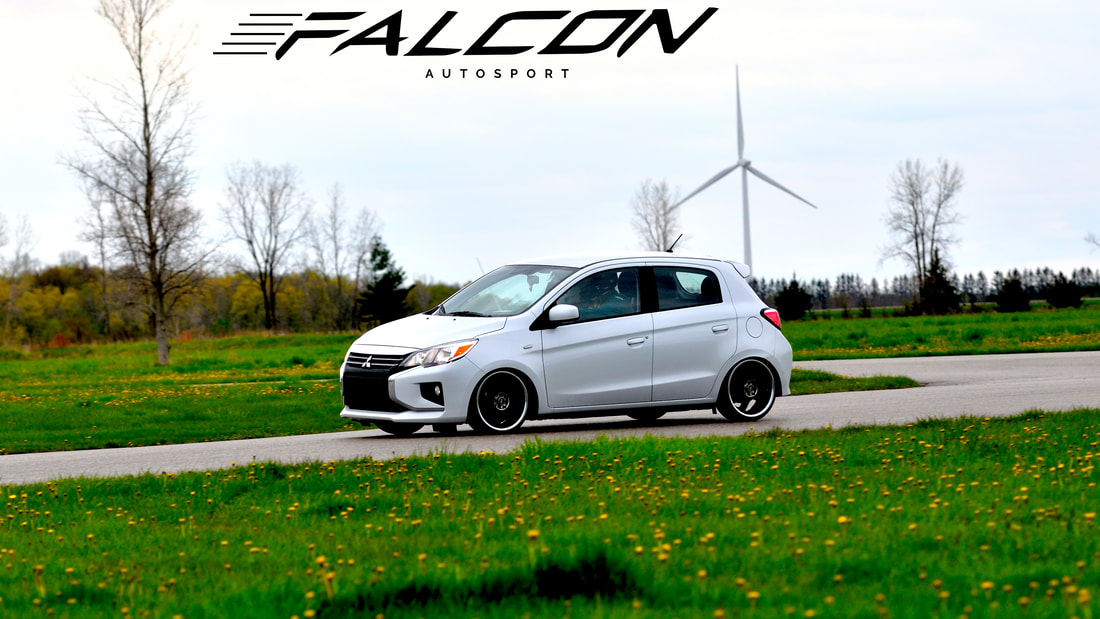
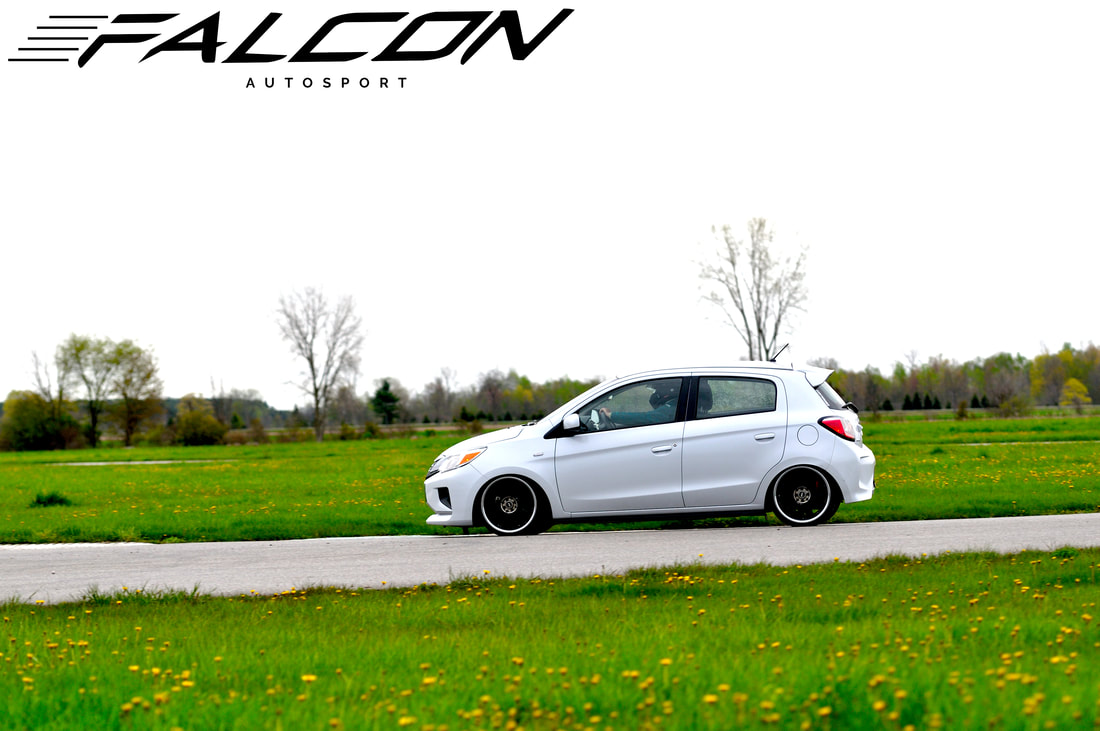
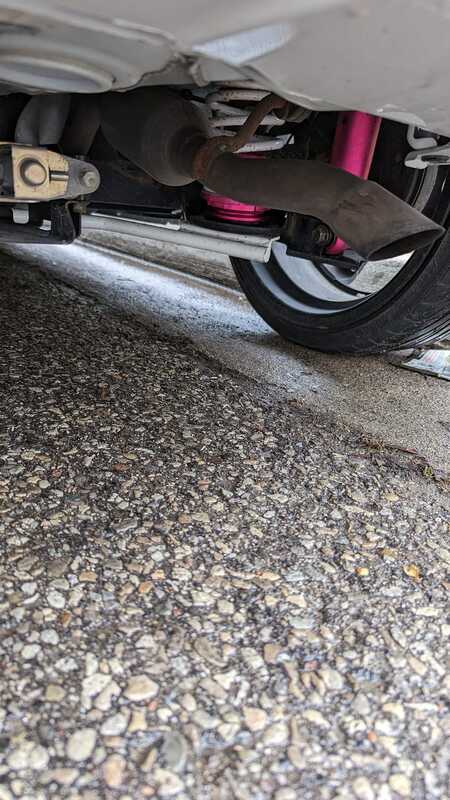
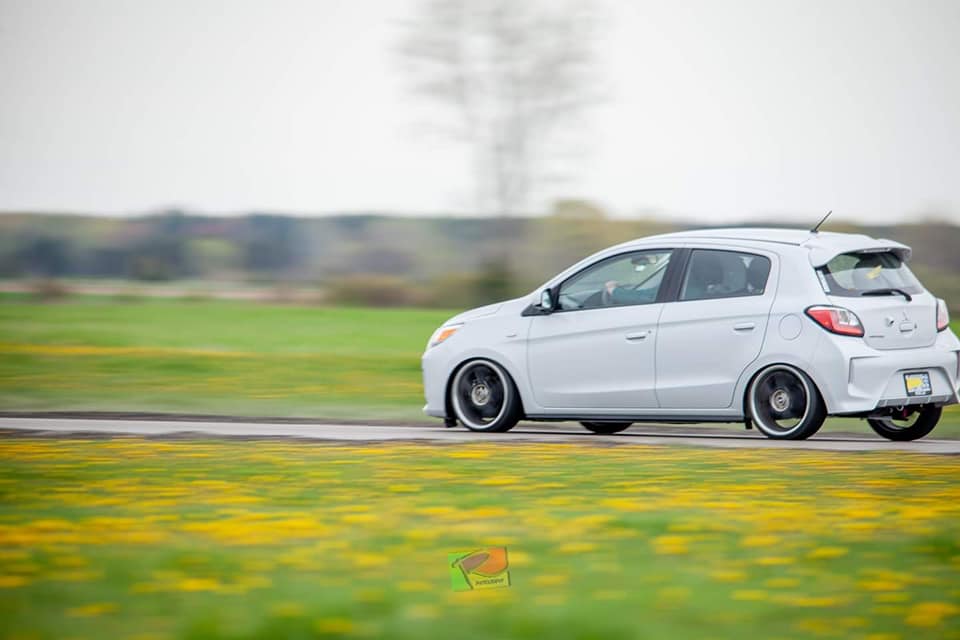
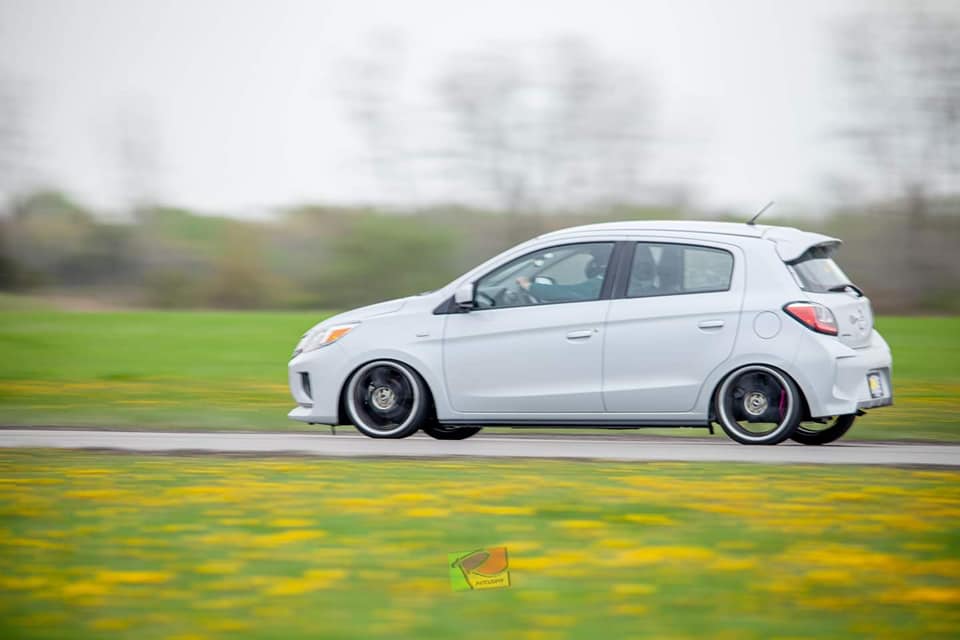
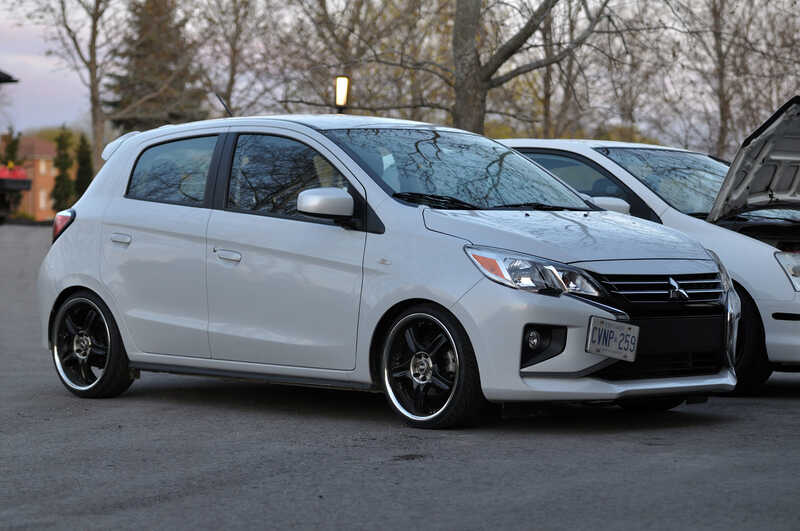
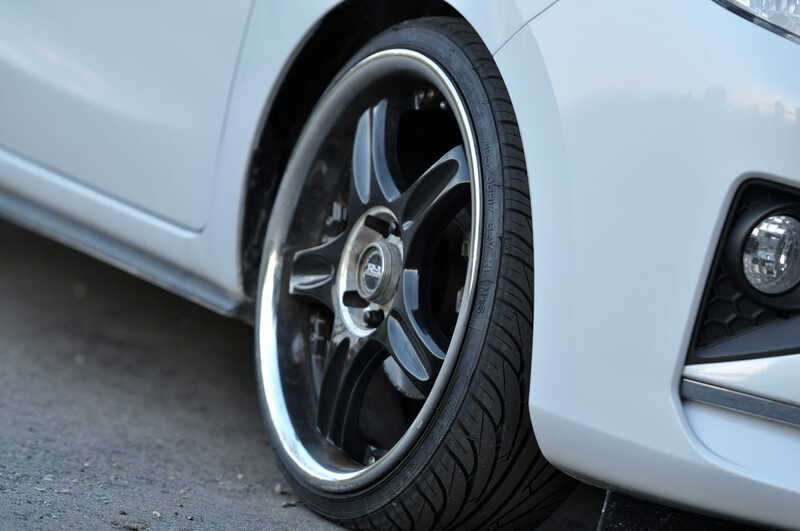
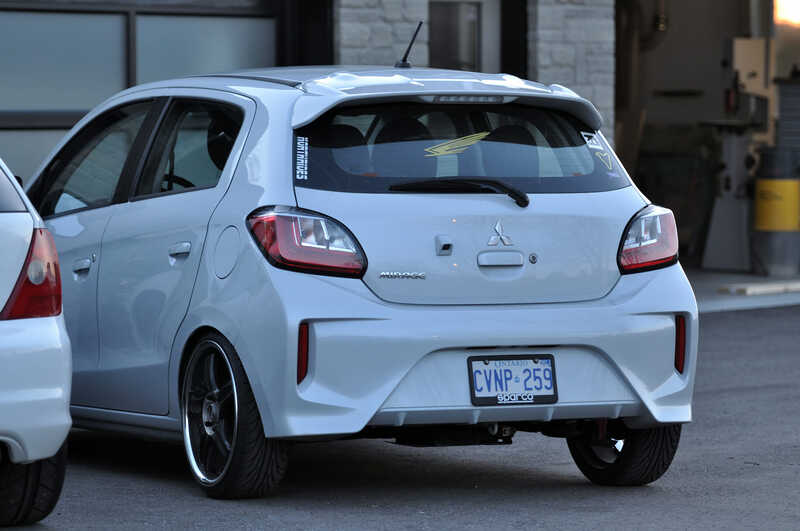
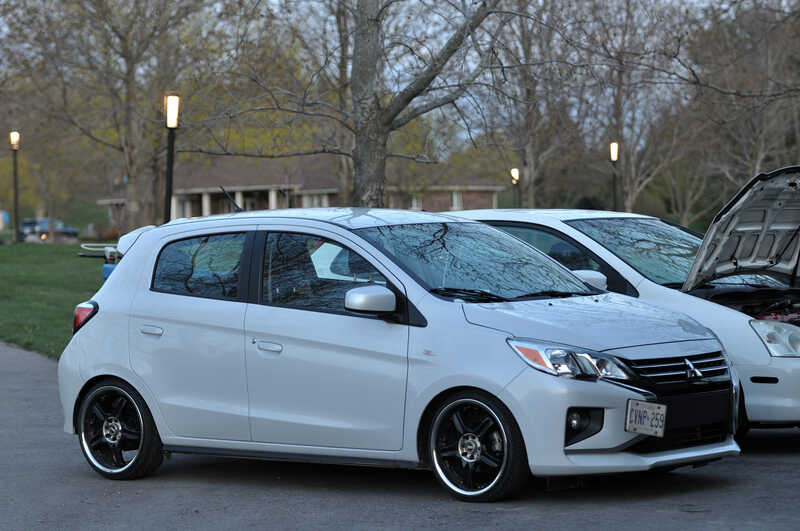
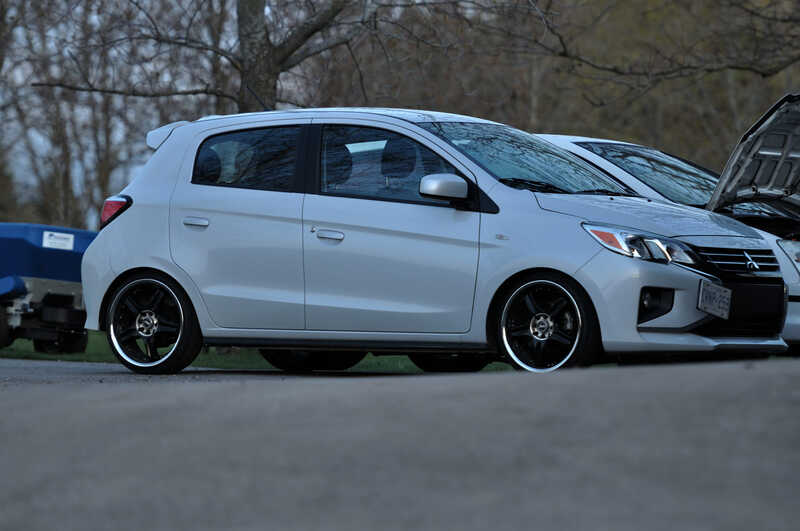
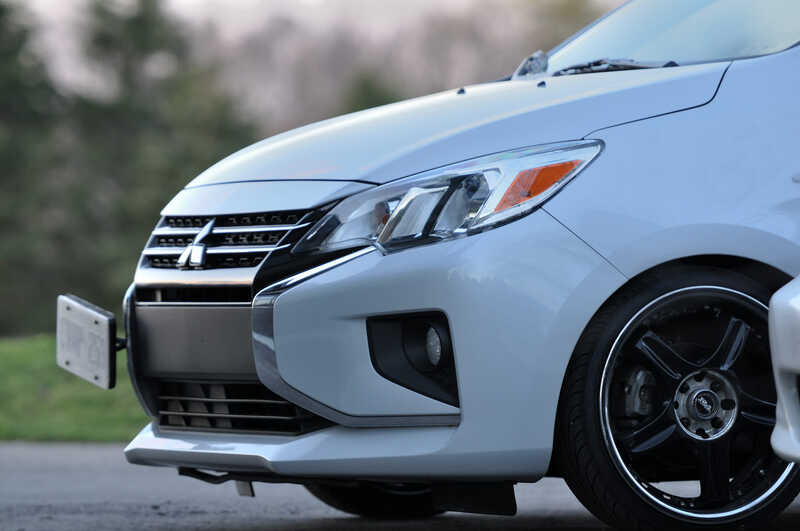
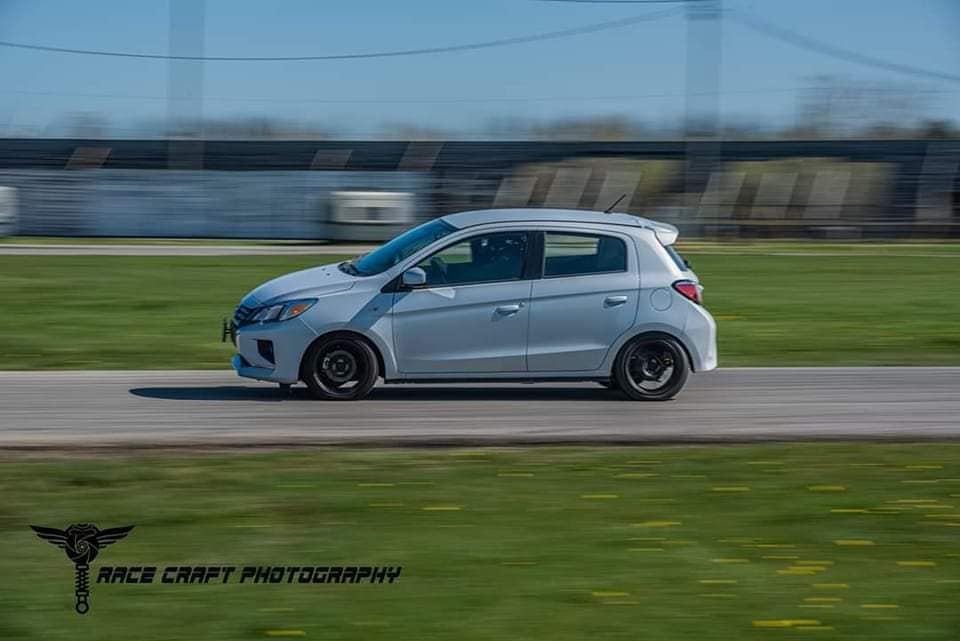
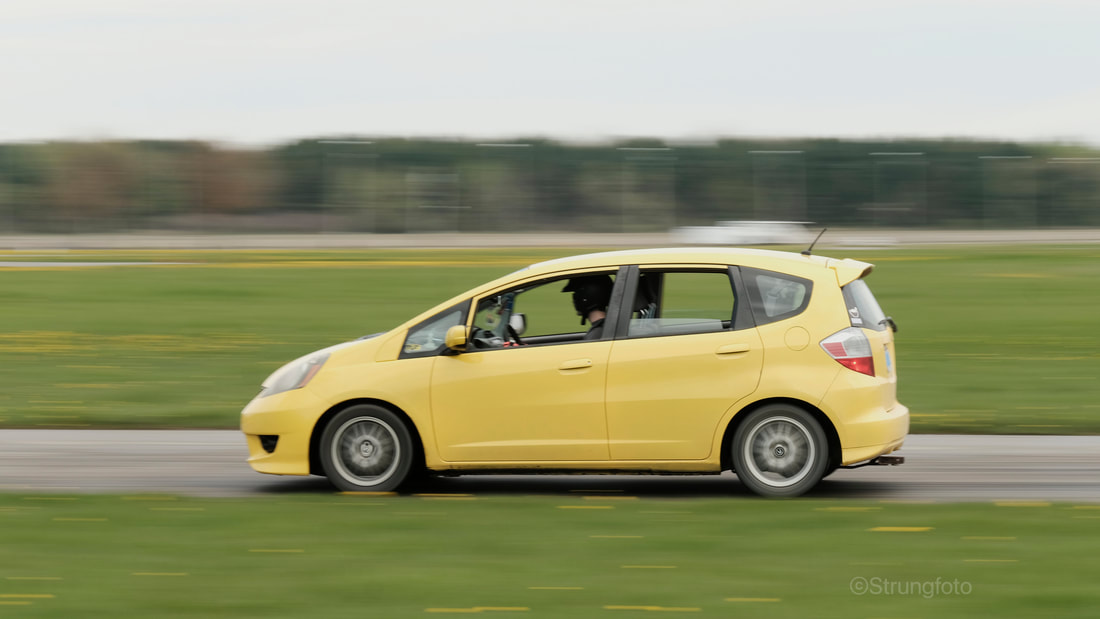

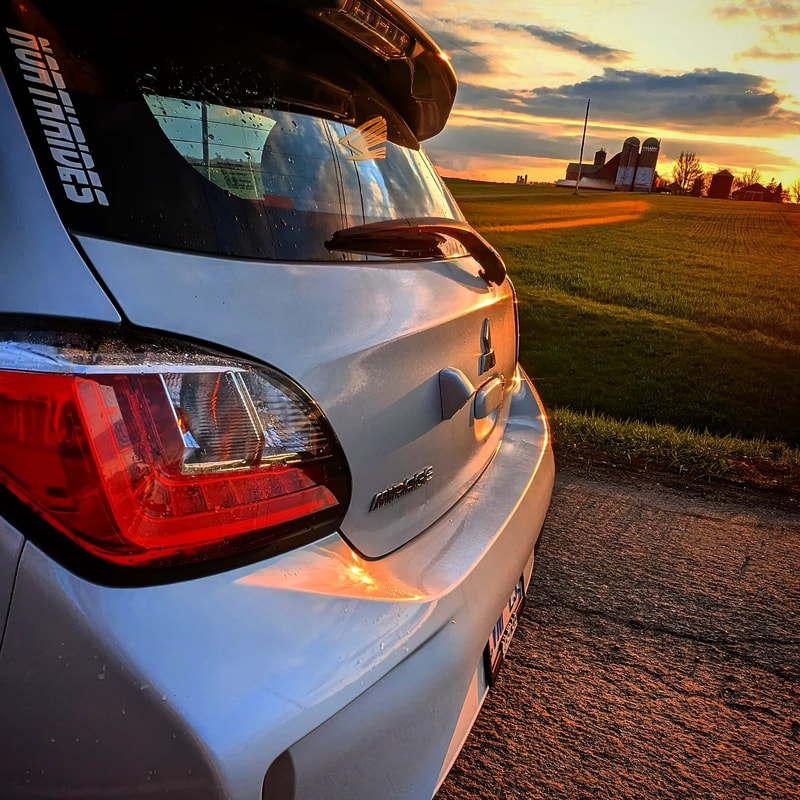
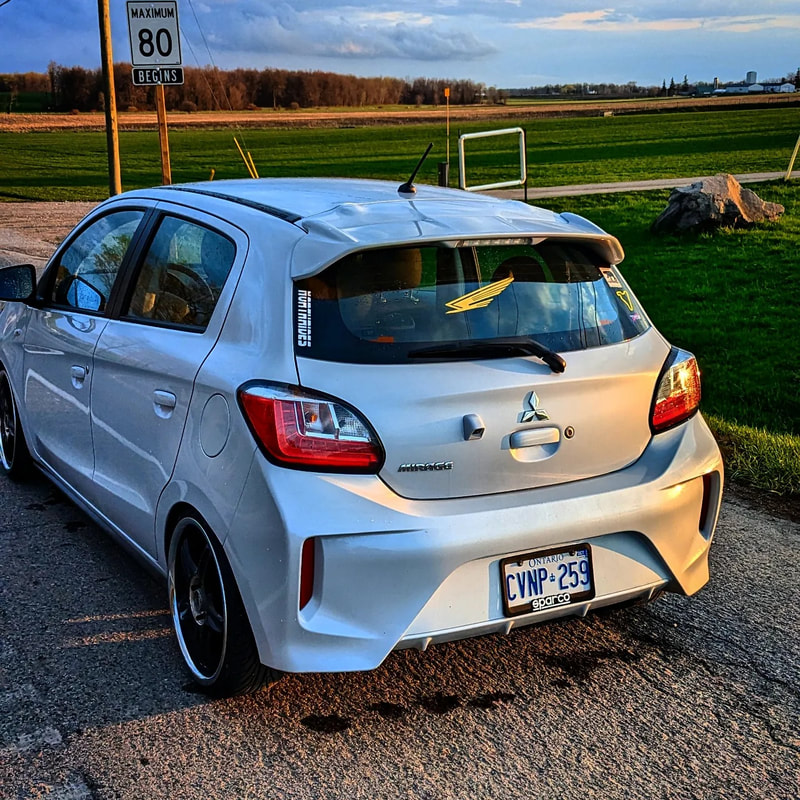
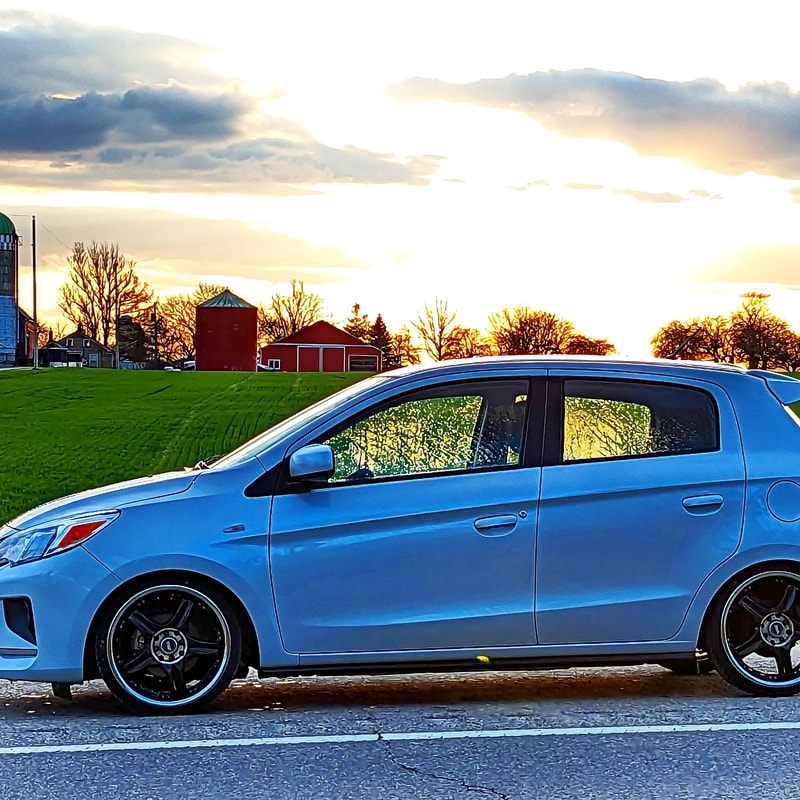
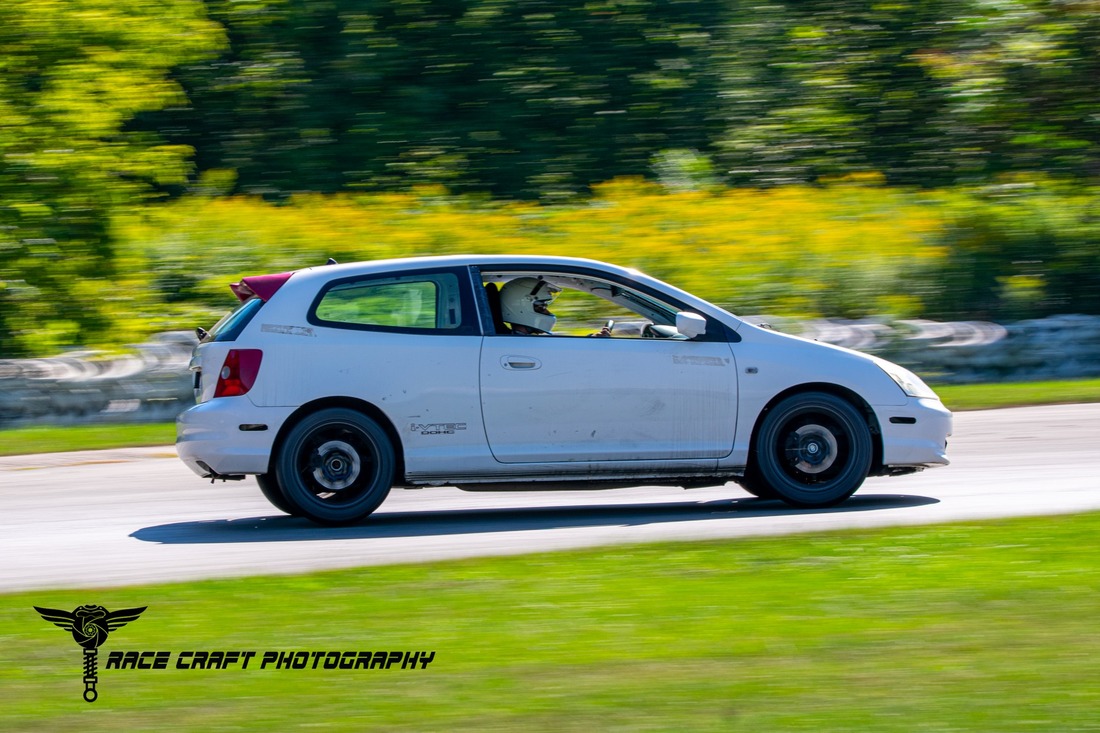
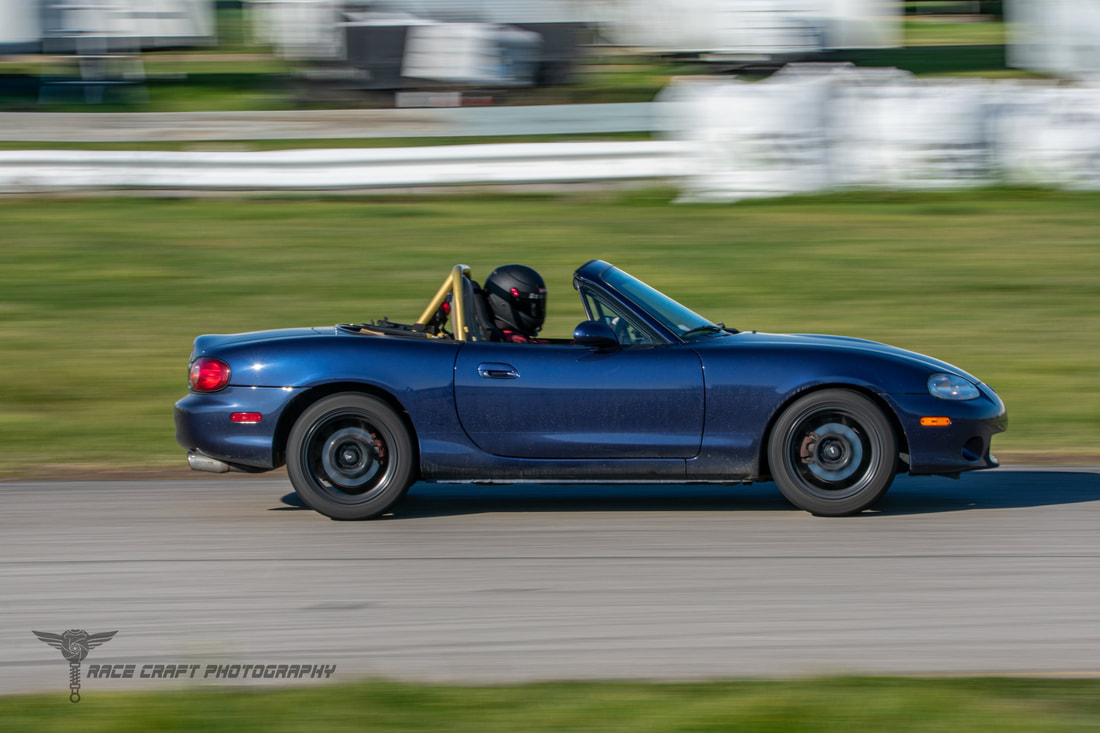

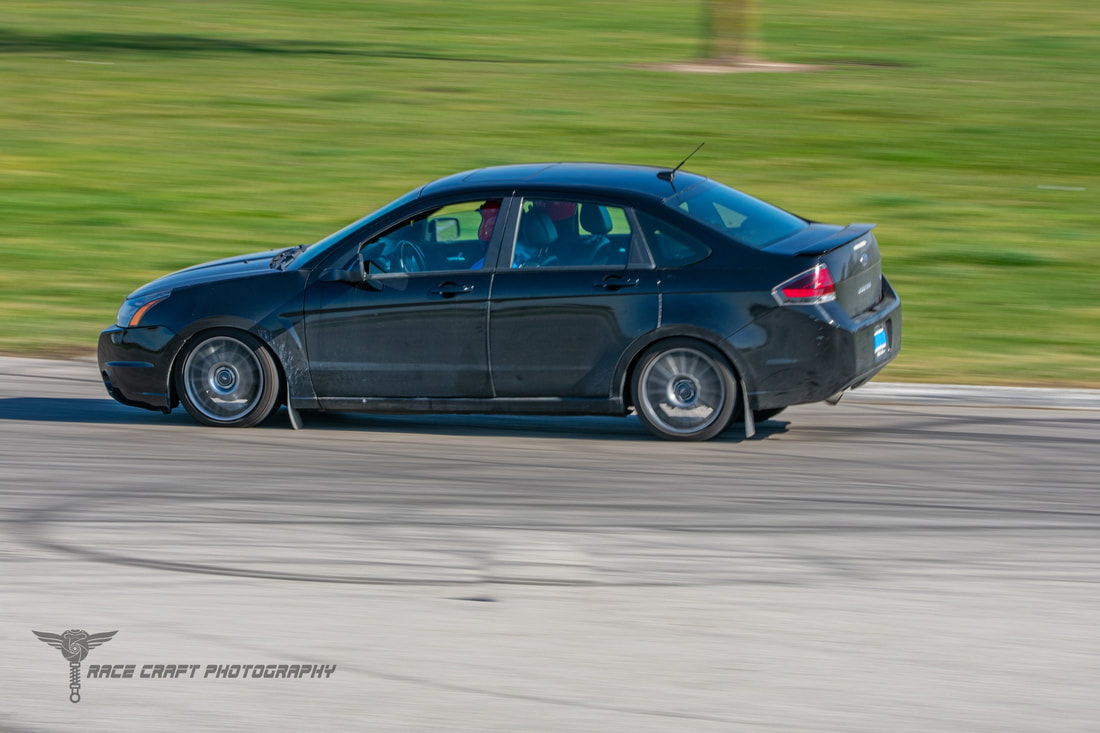
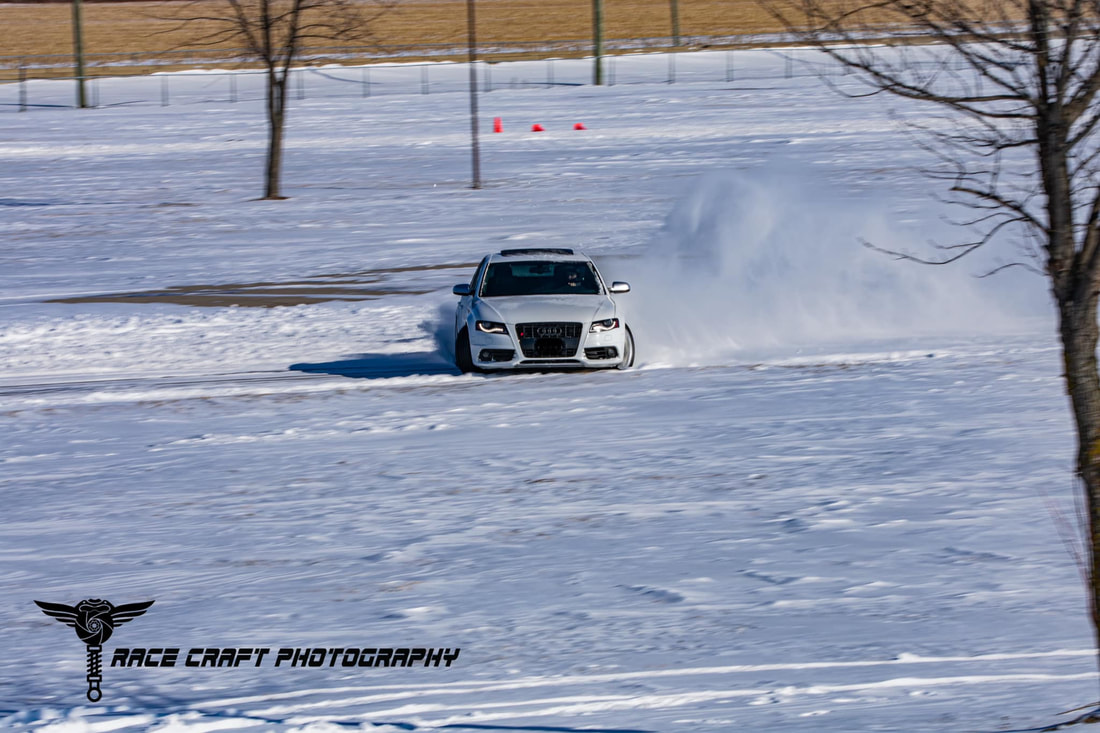

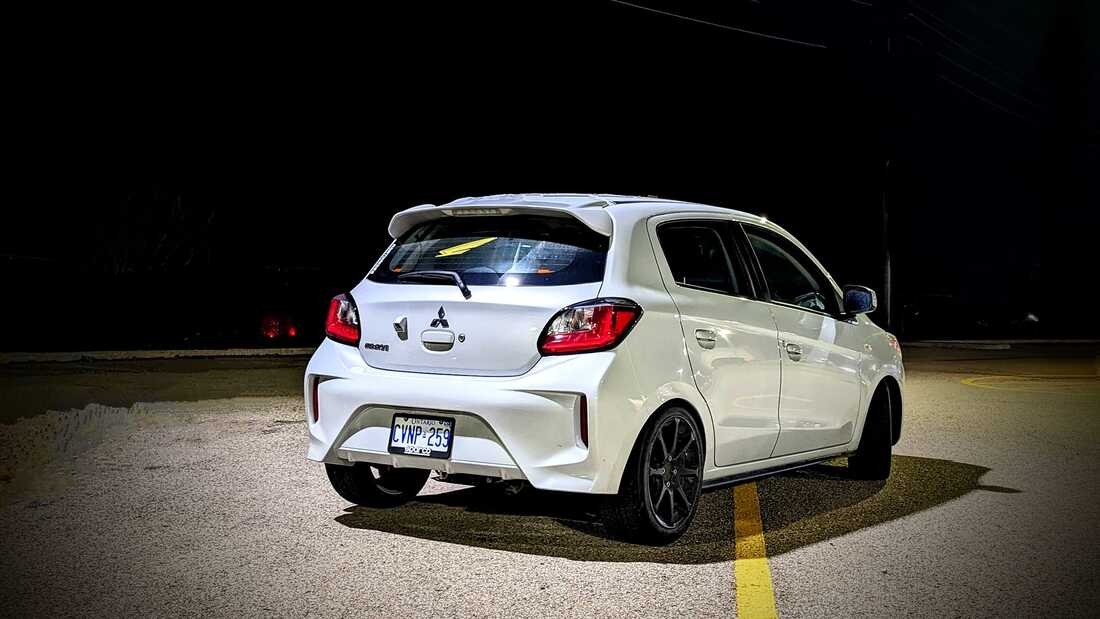
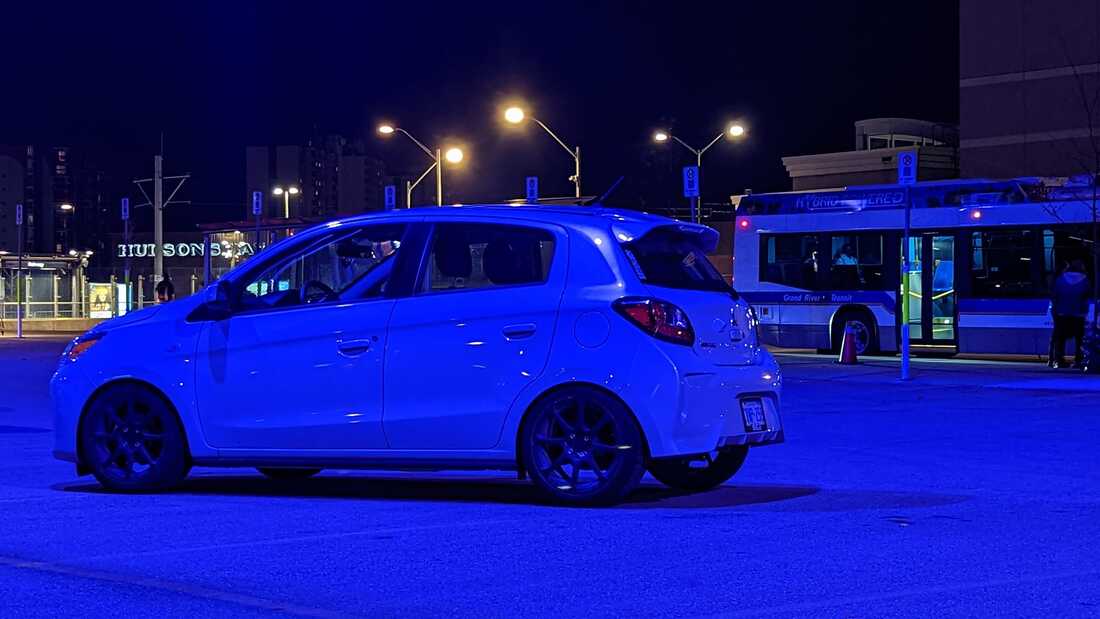

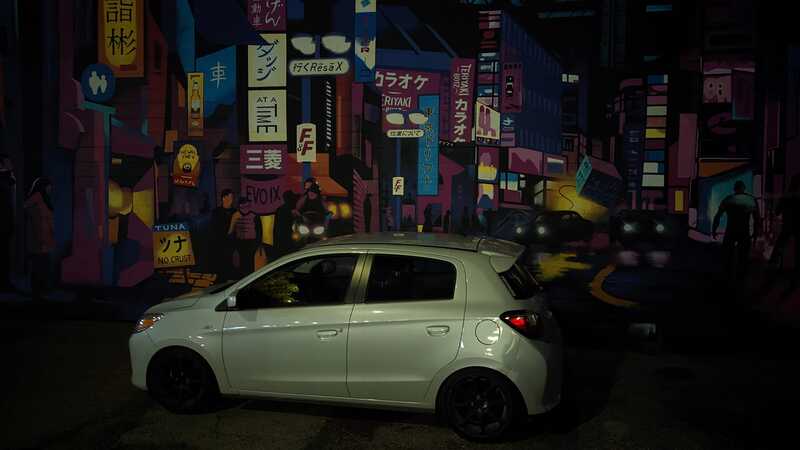

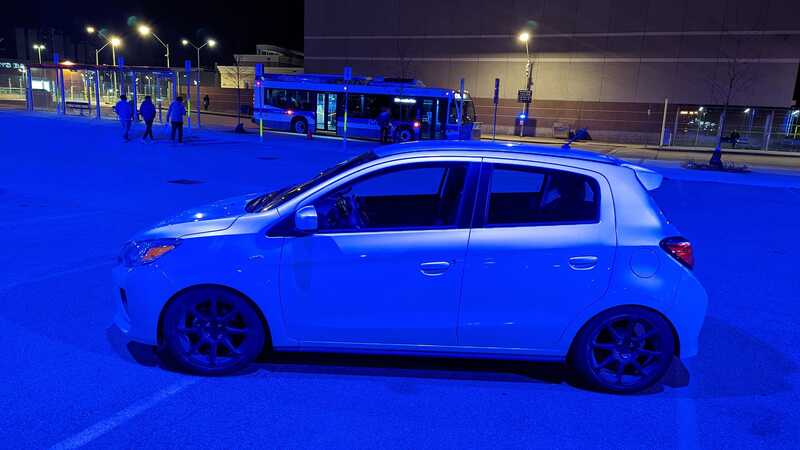
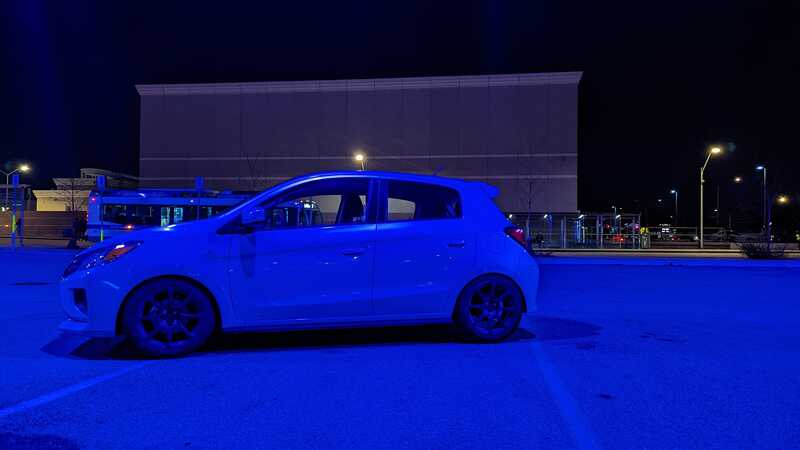
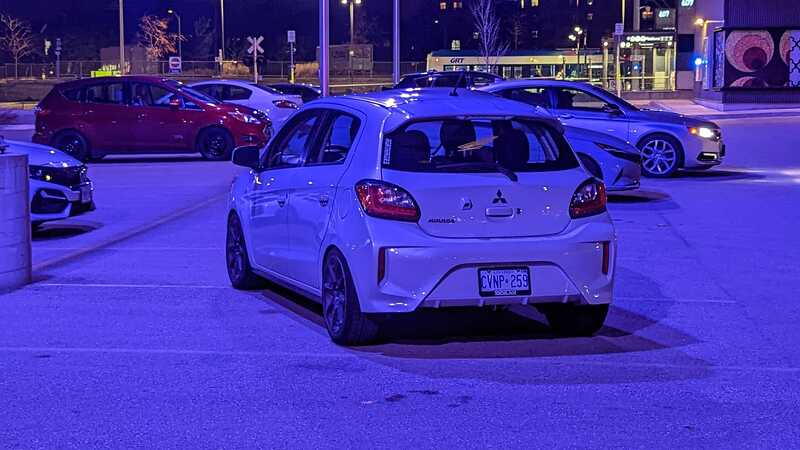
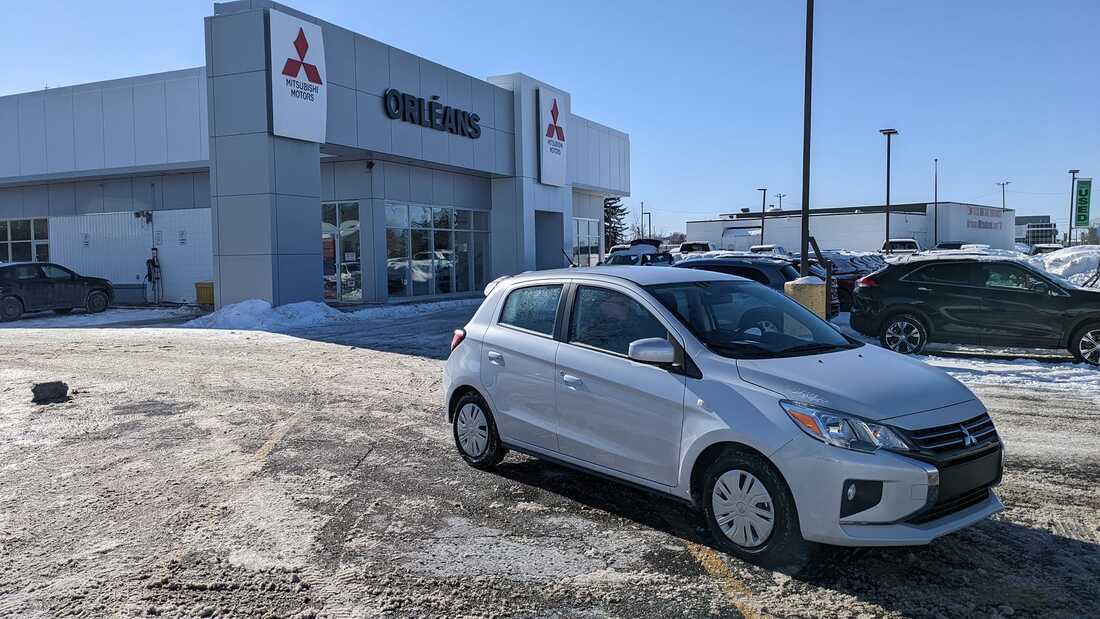


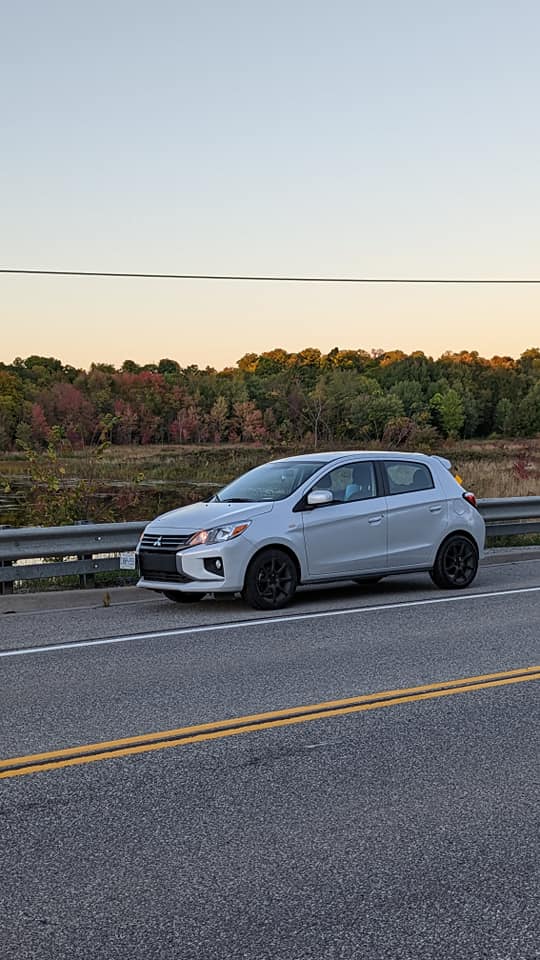


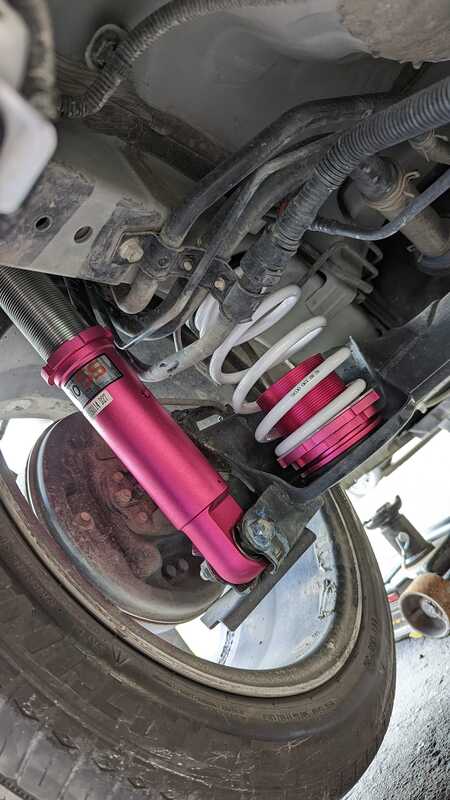
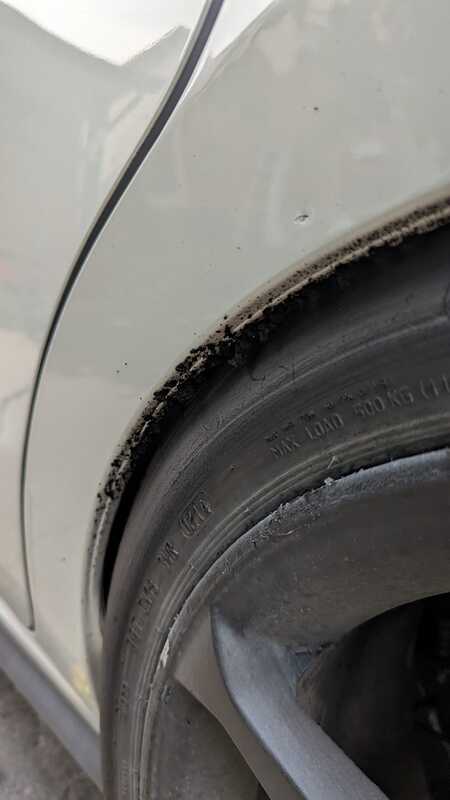
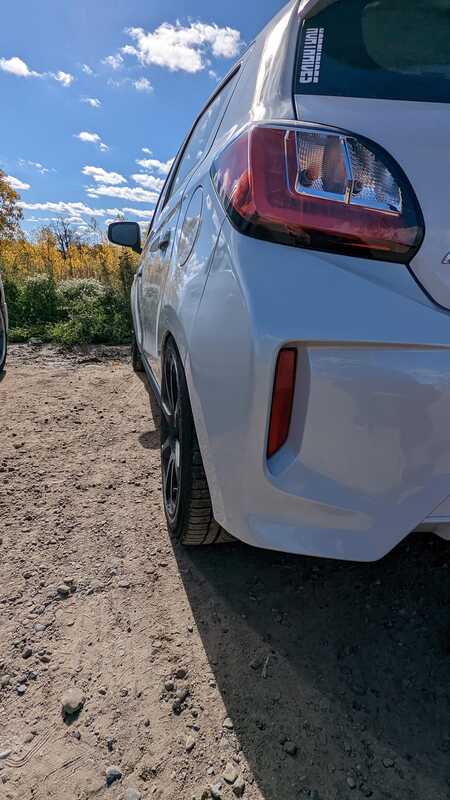
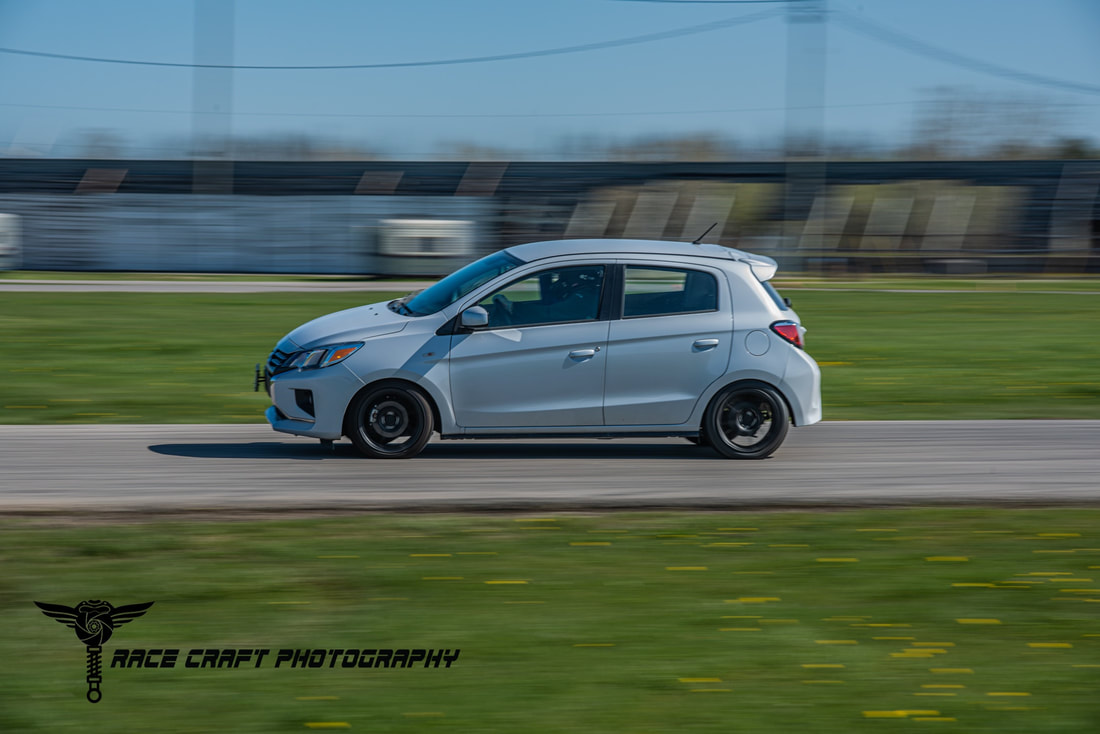
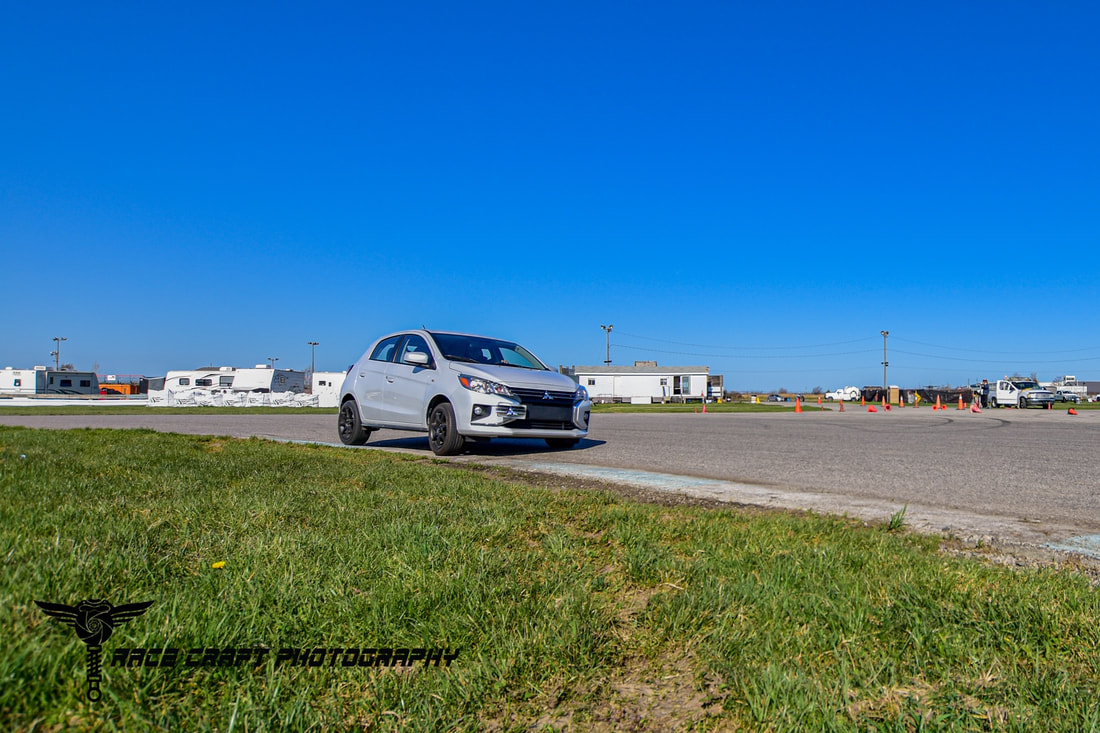
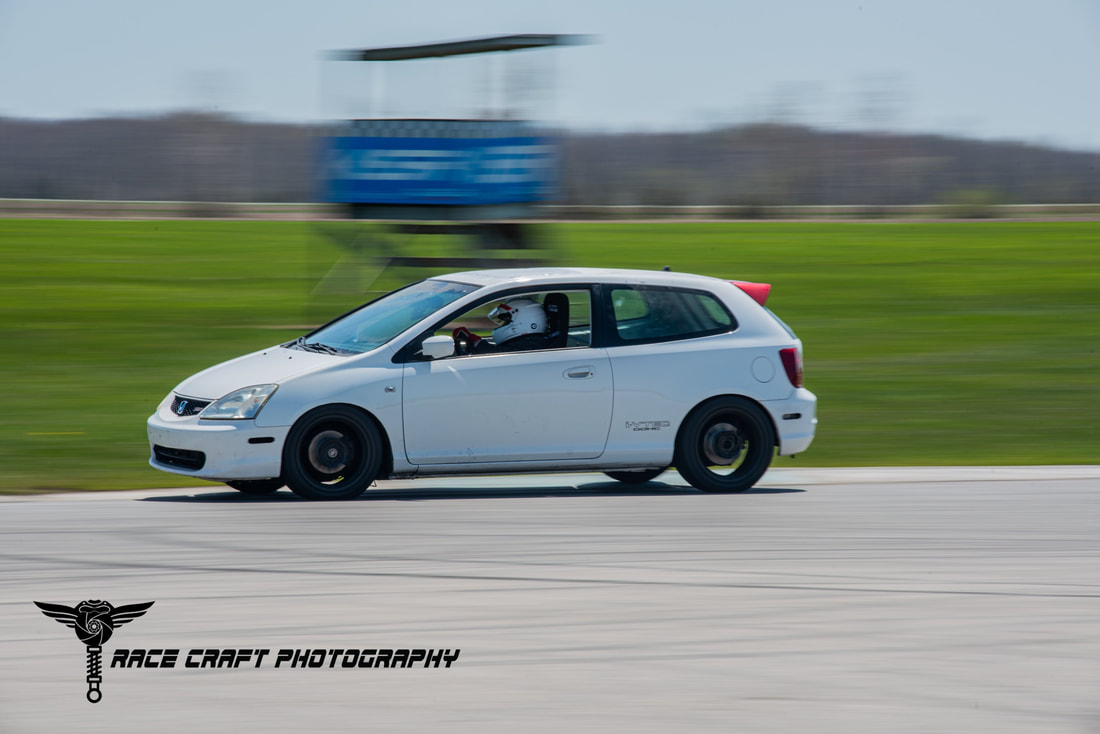
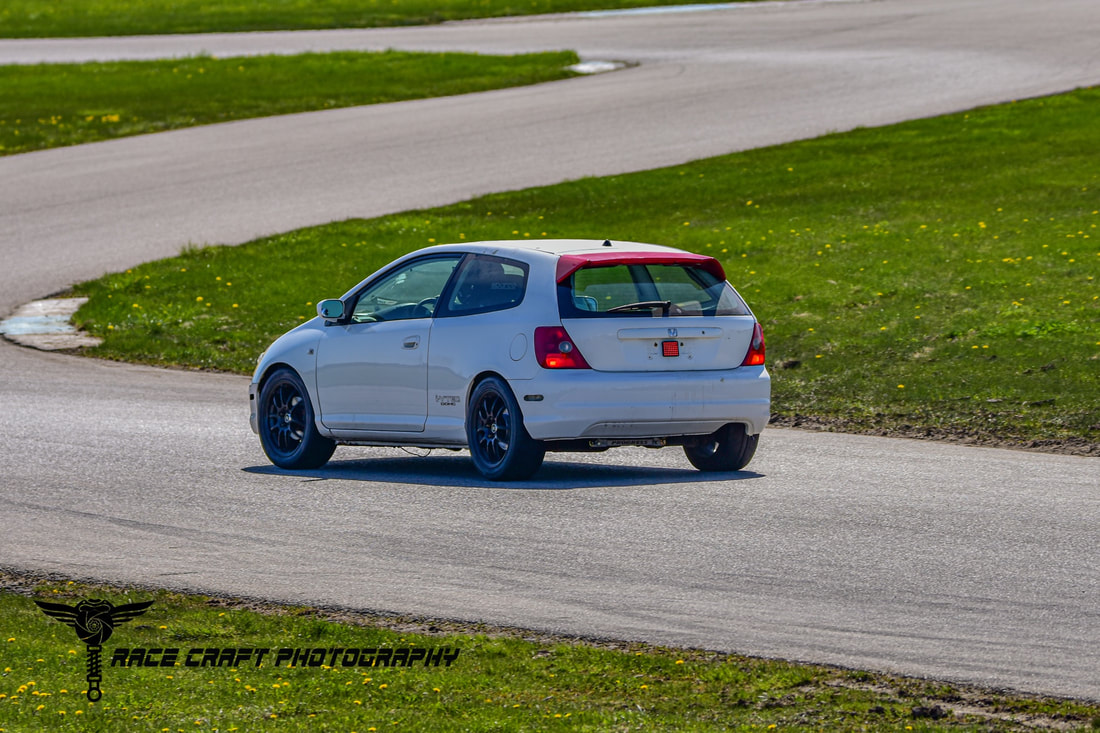
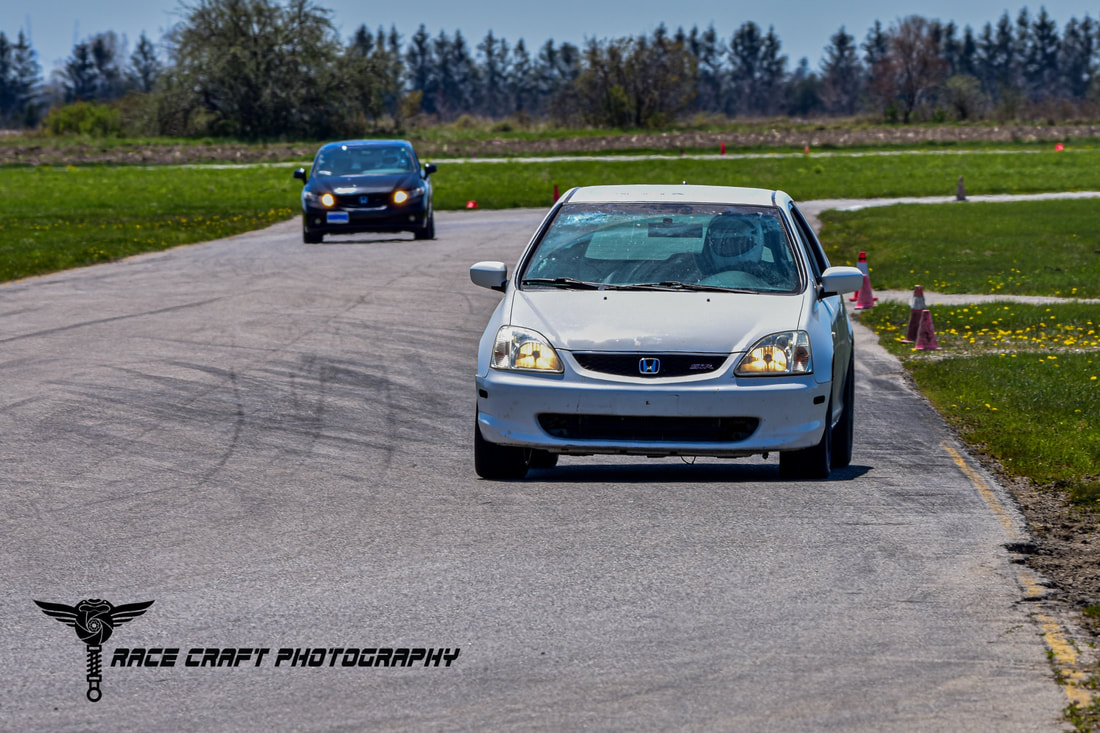
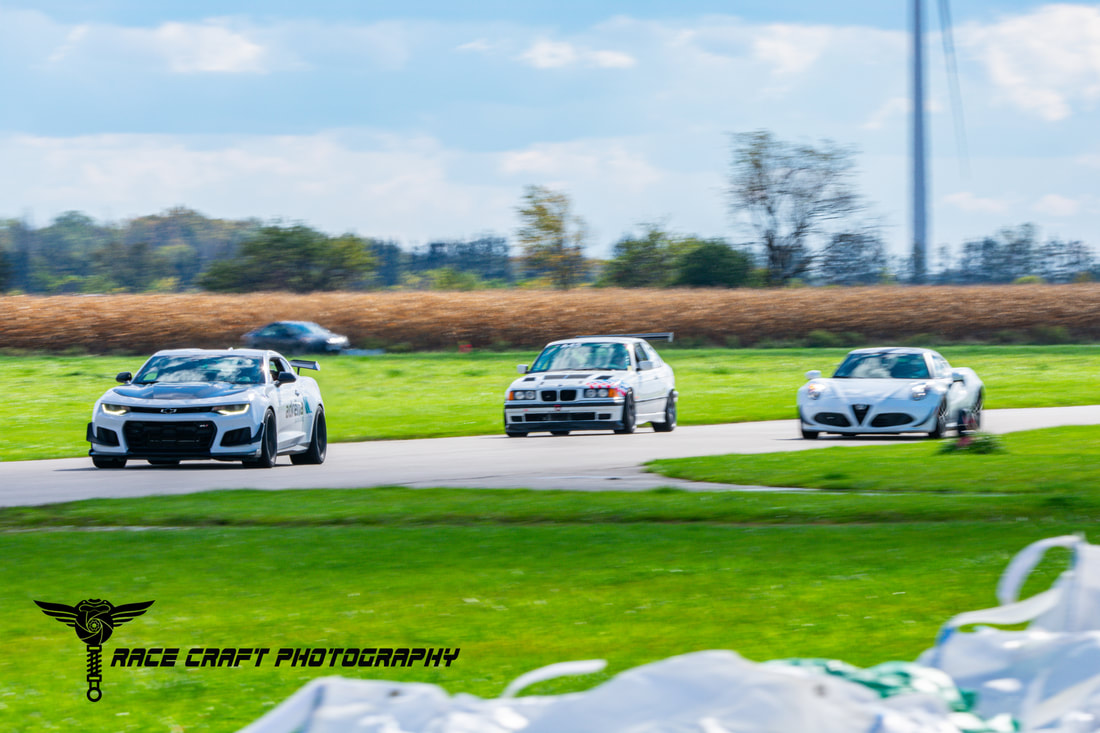
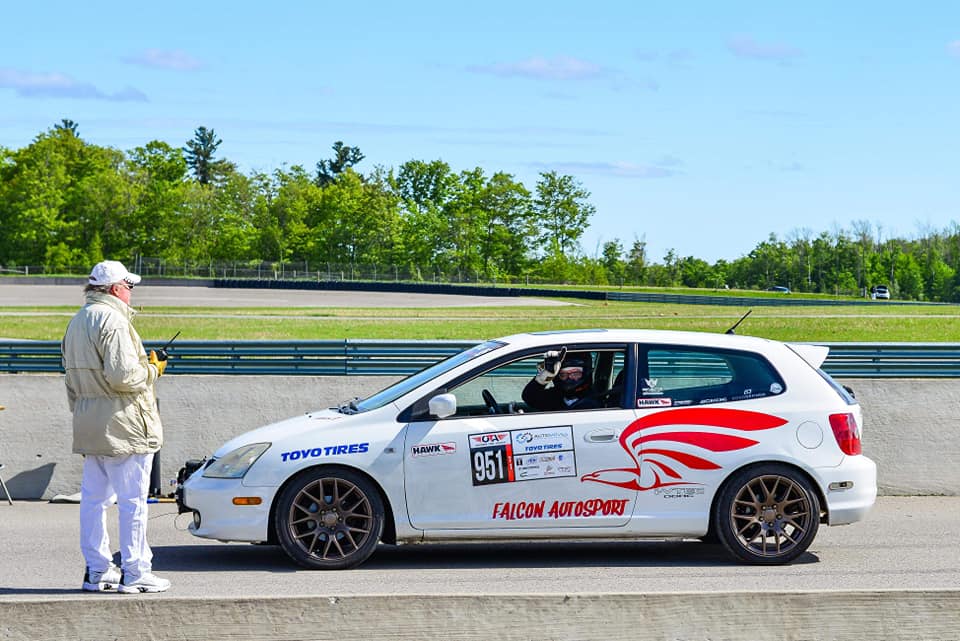
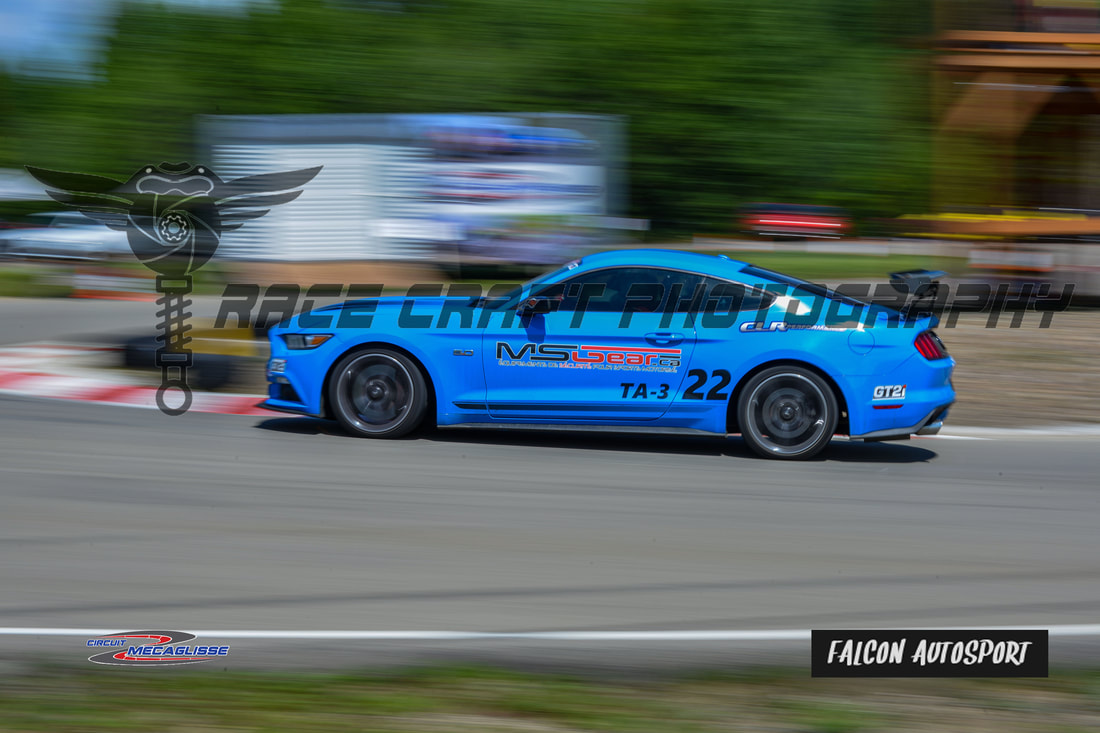
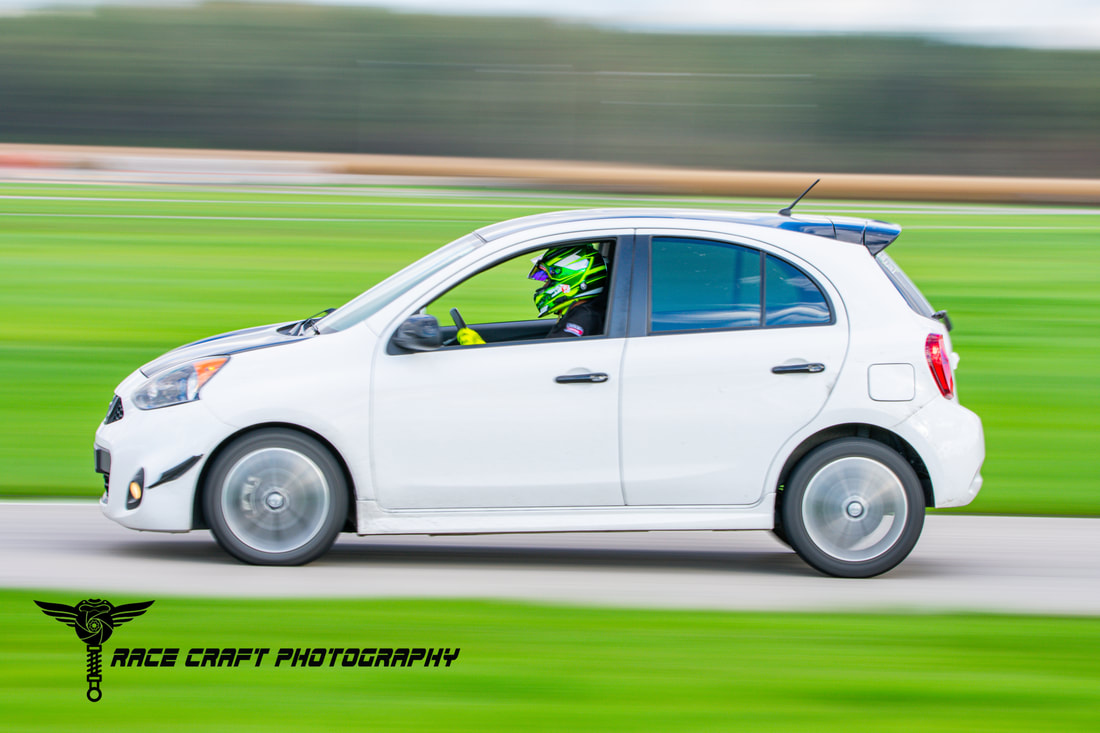

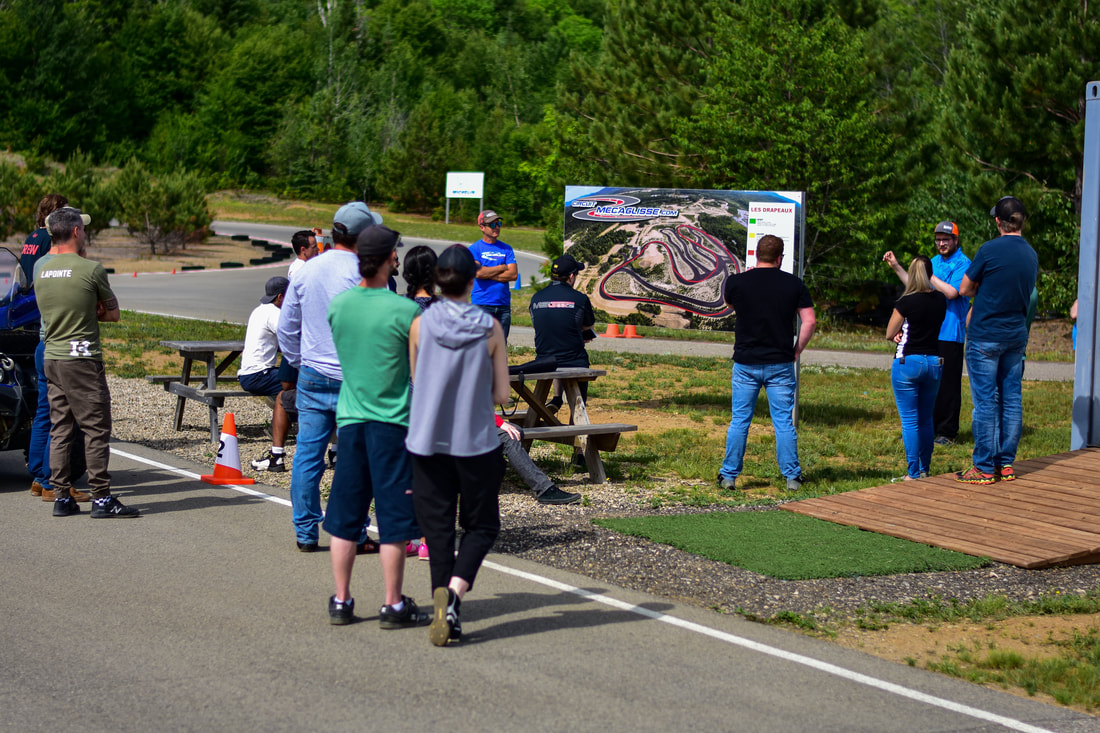
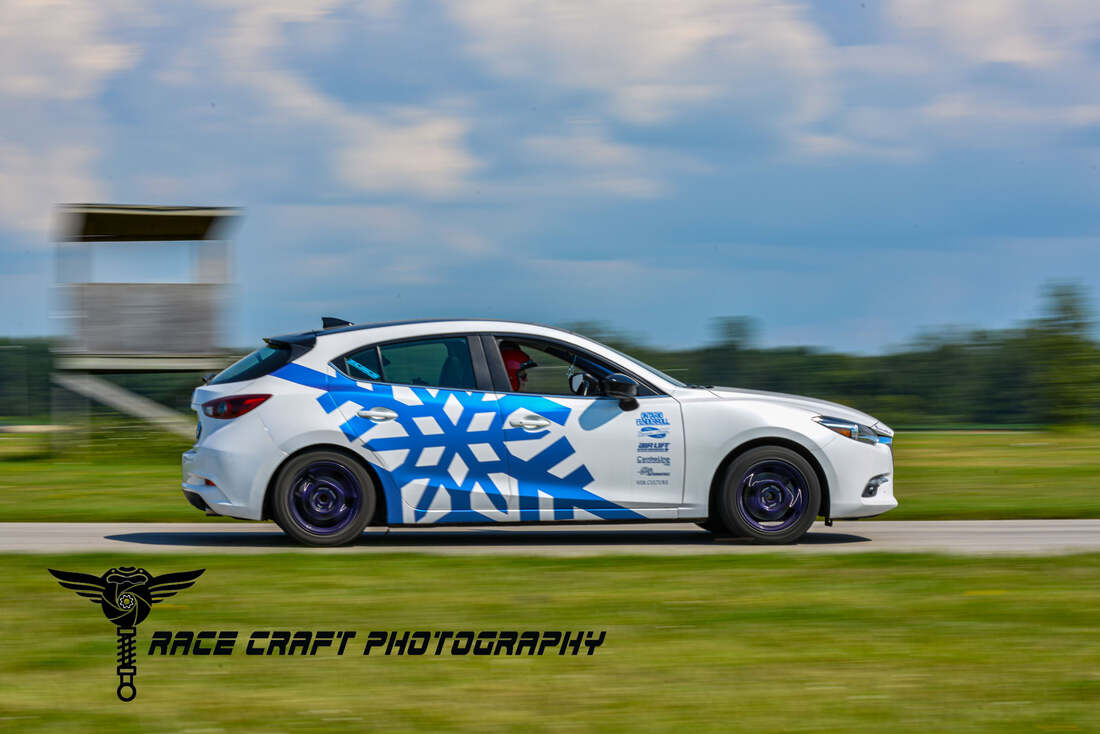
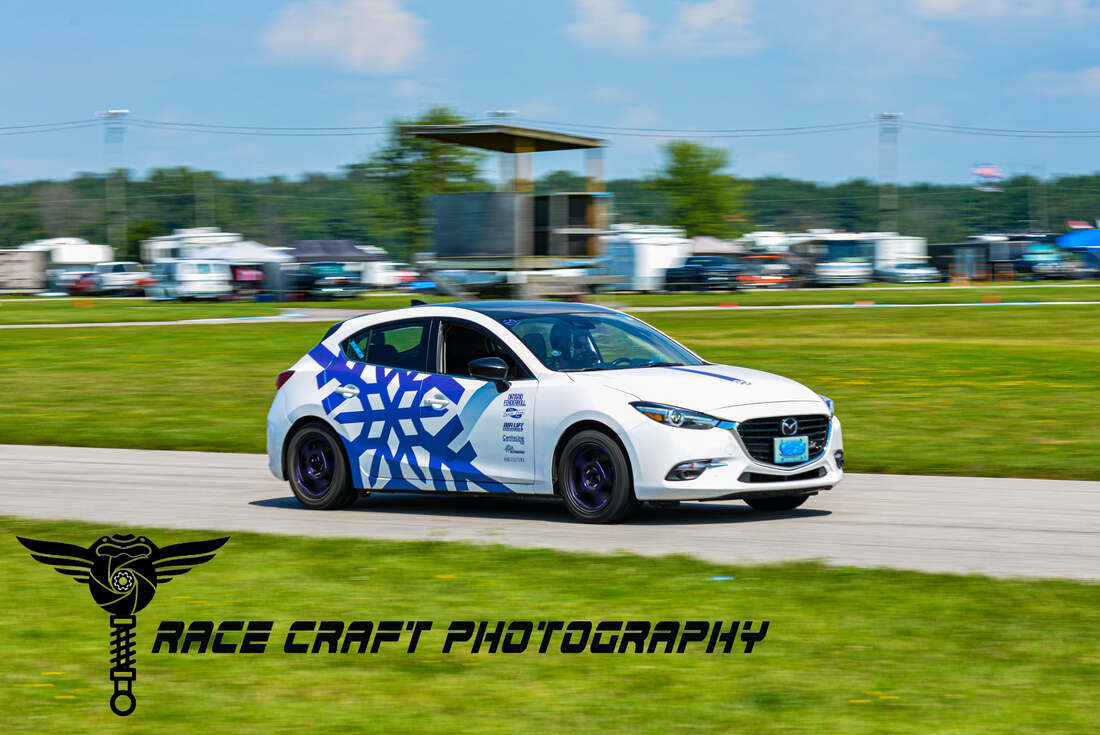
 RSS Feed
RSS Feed
